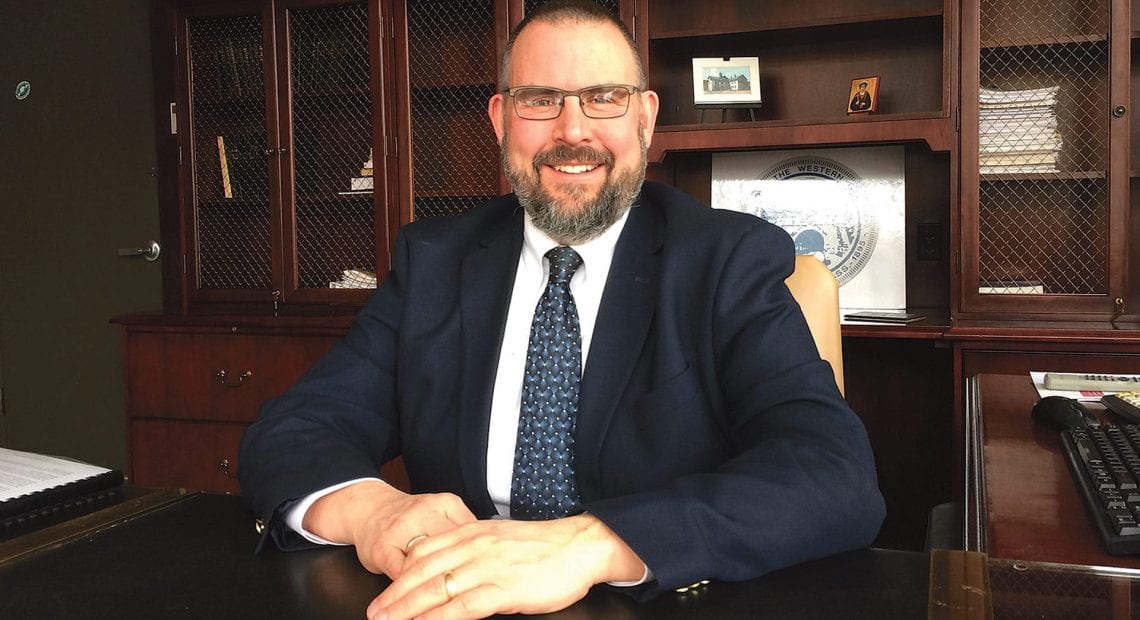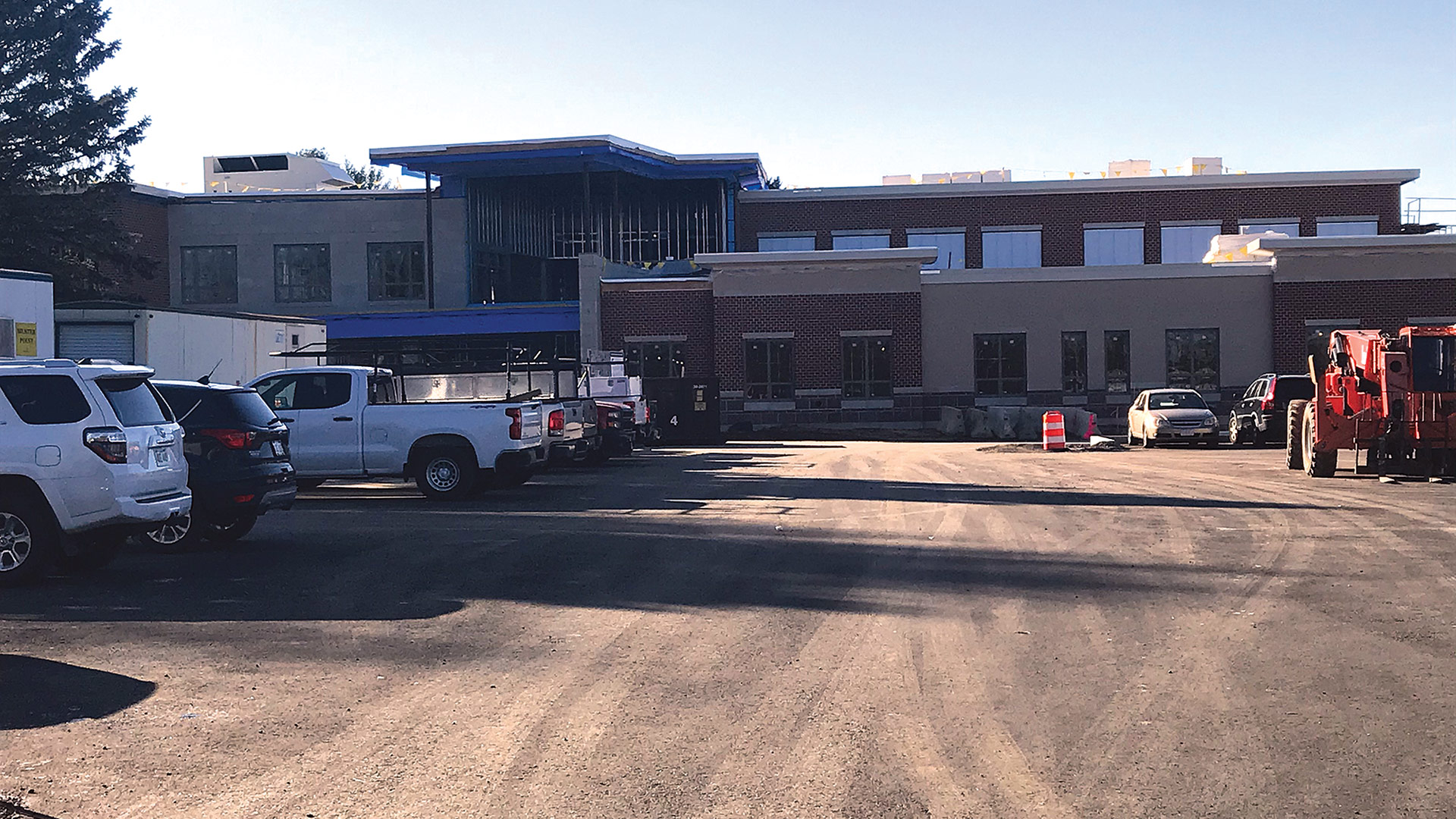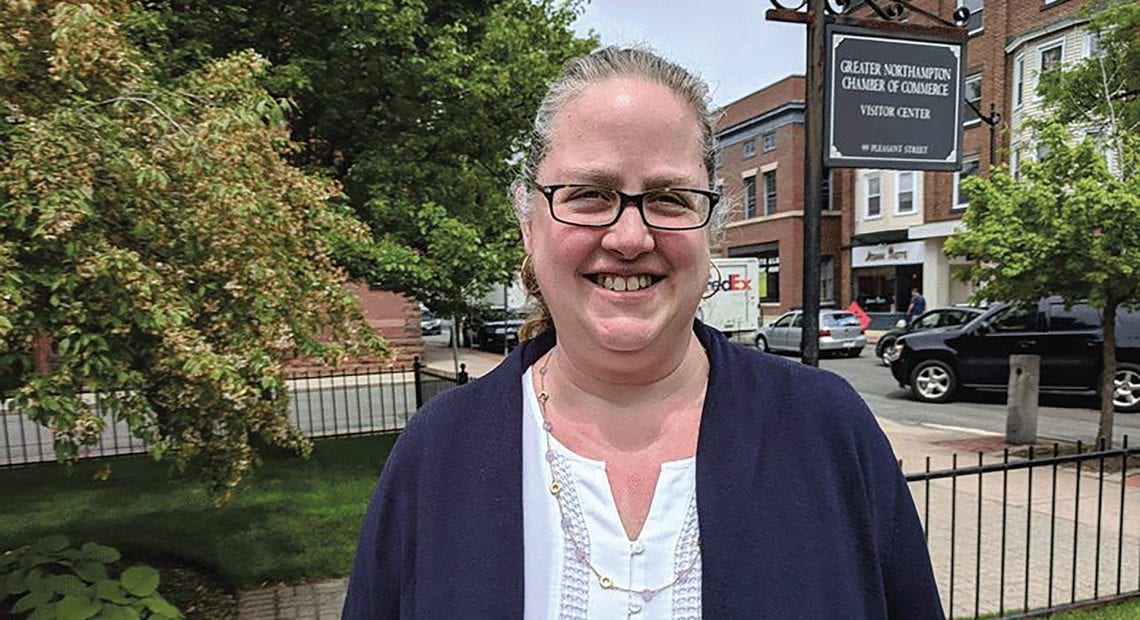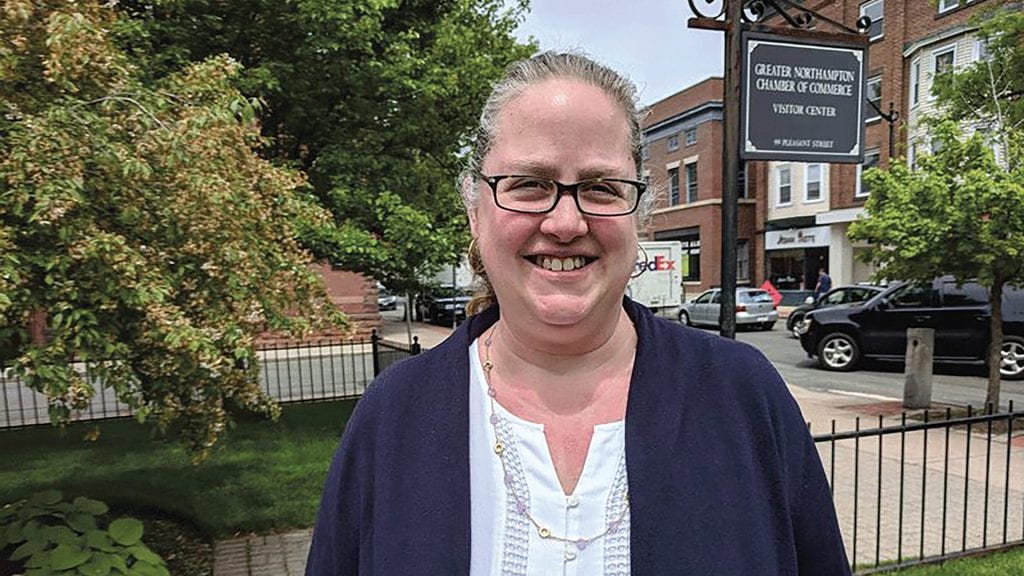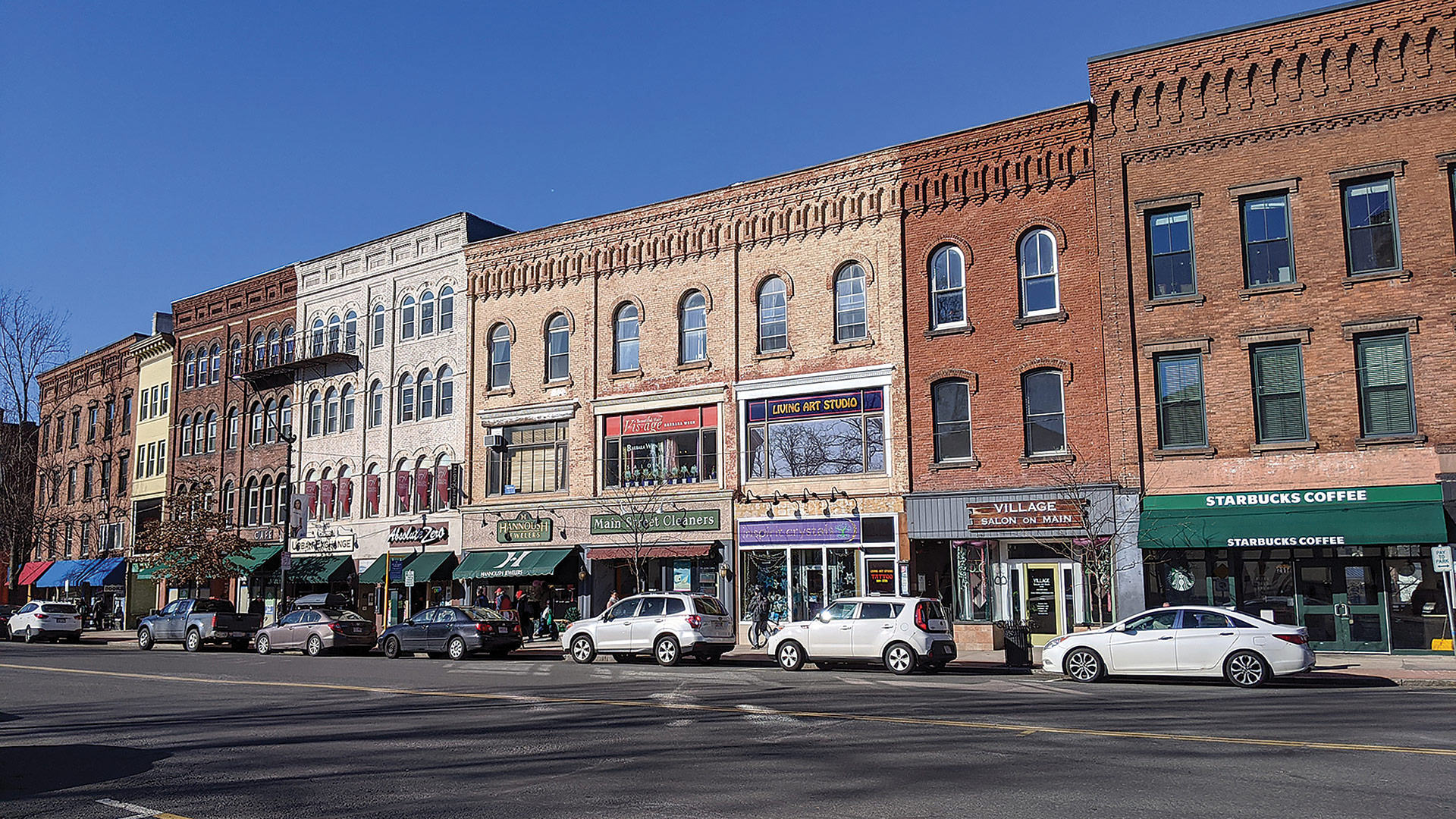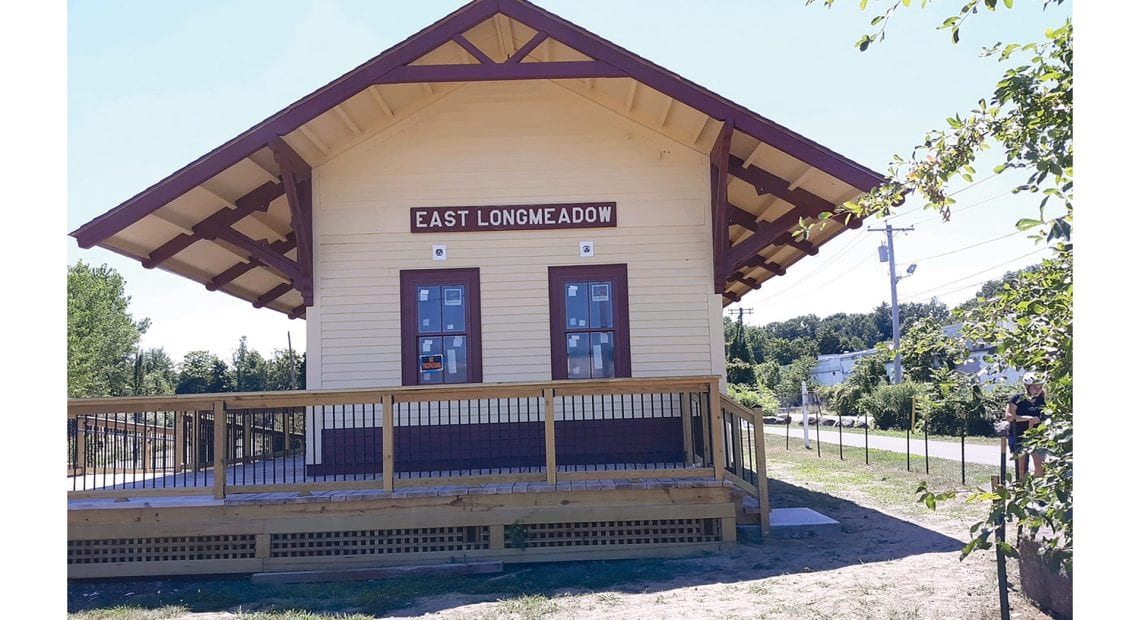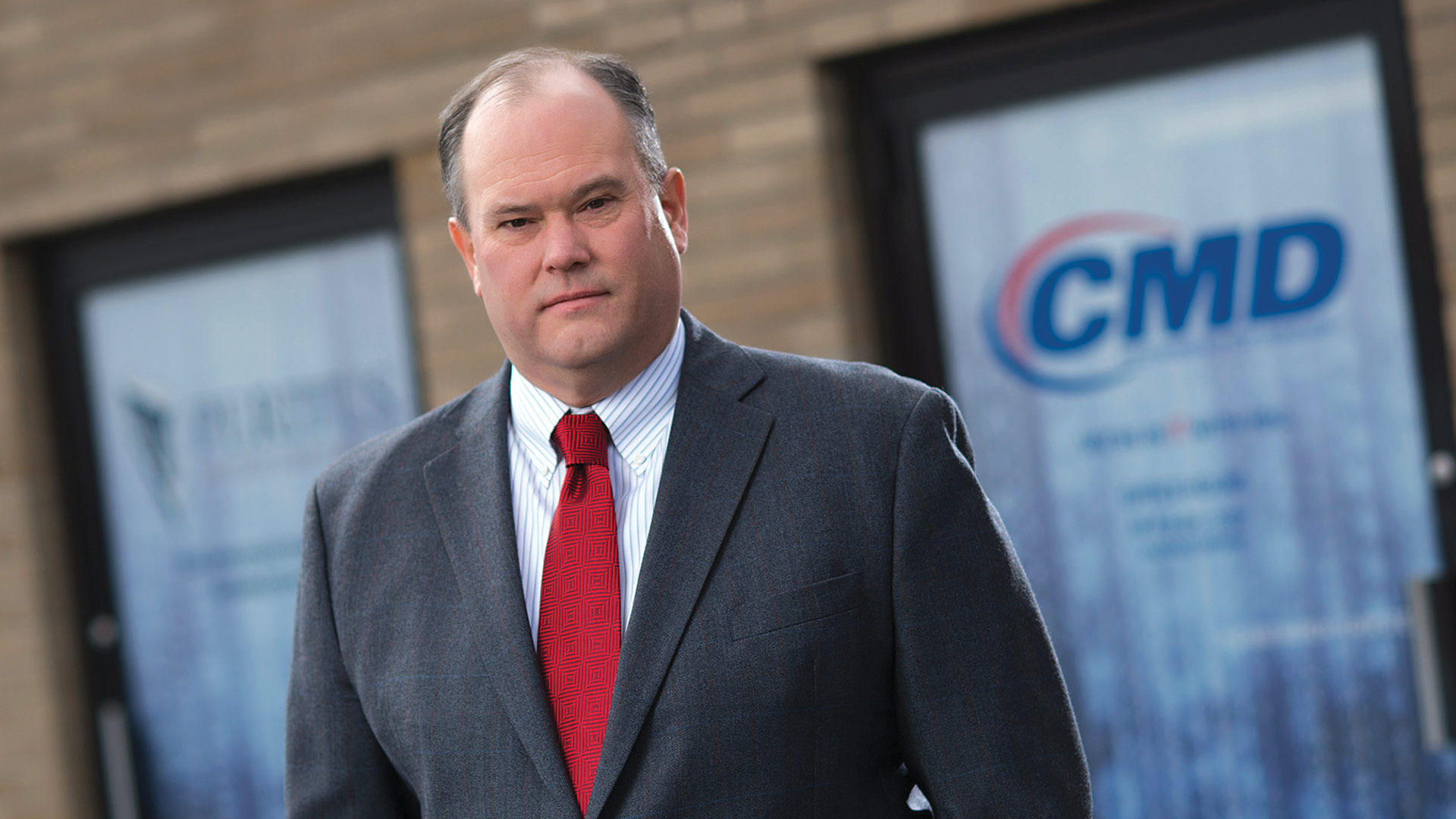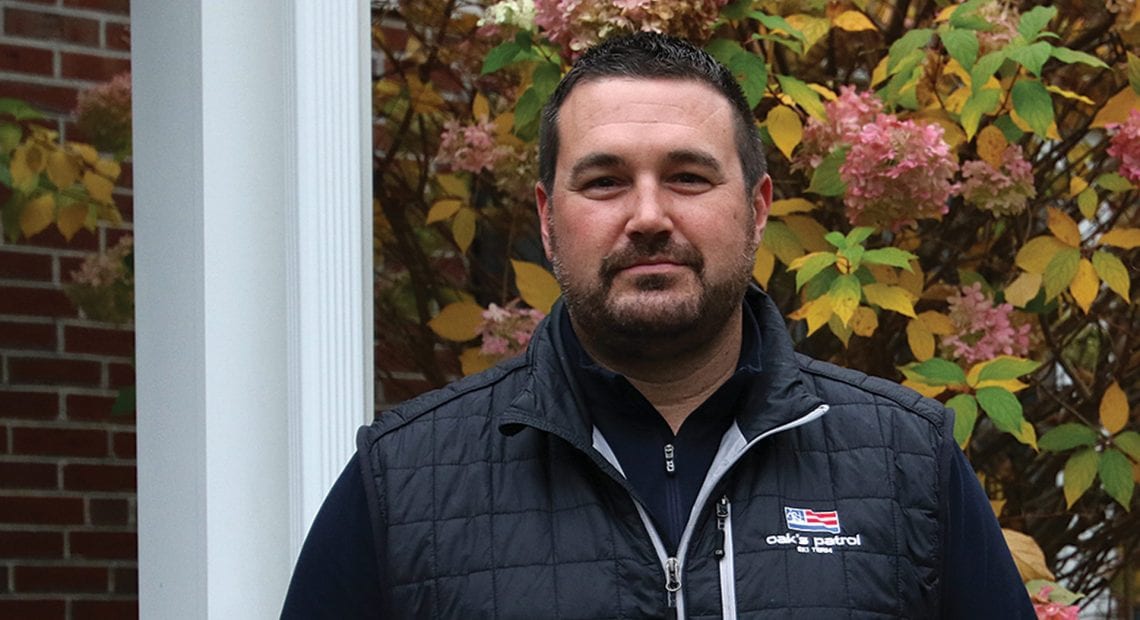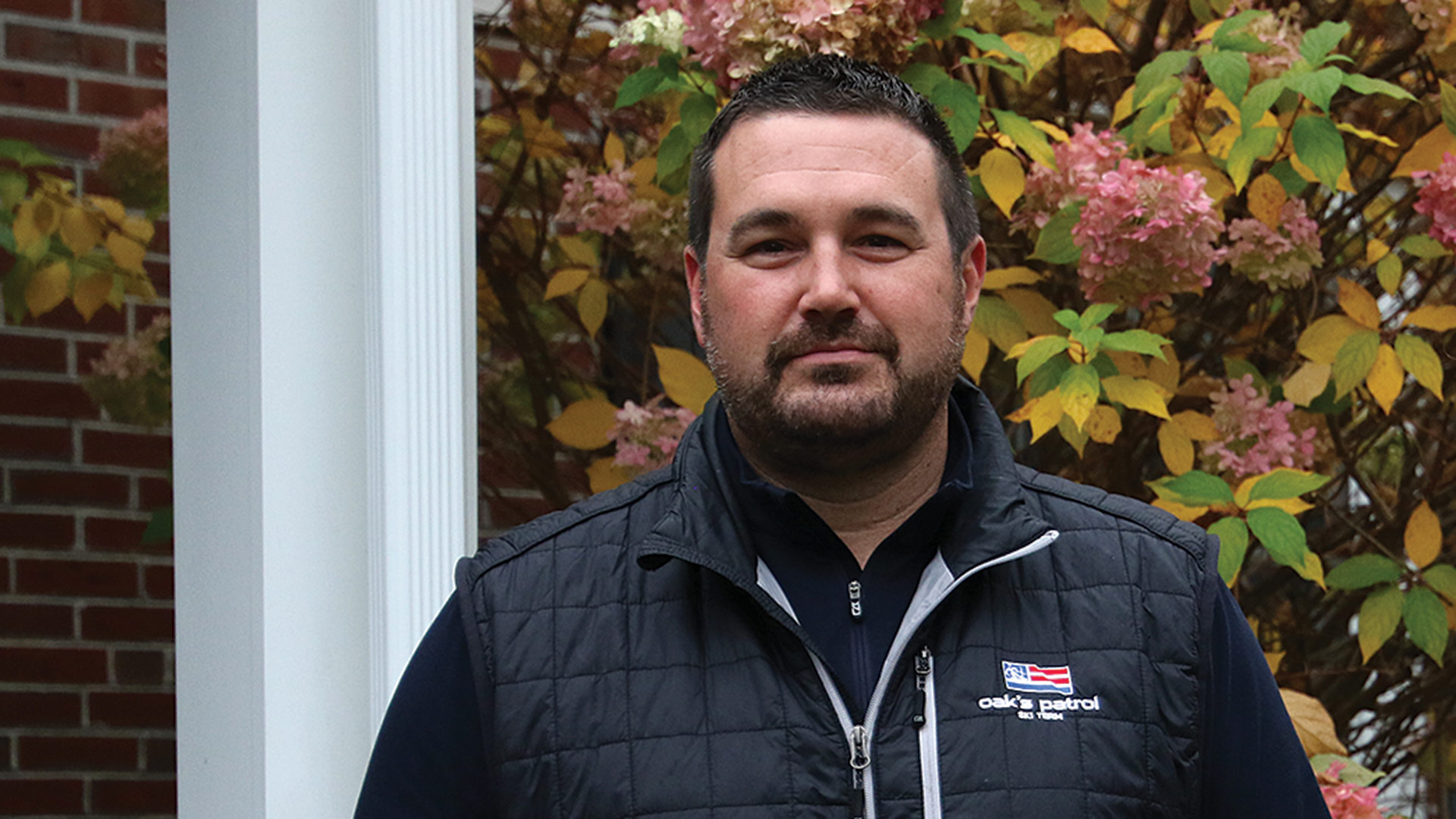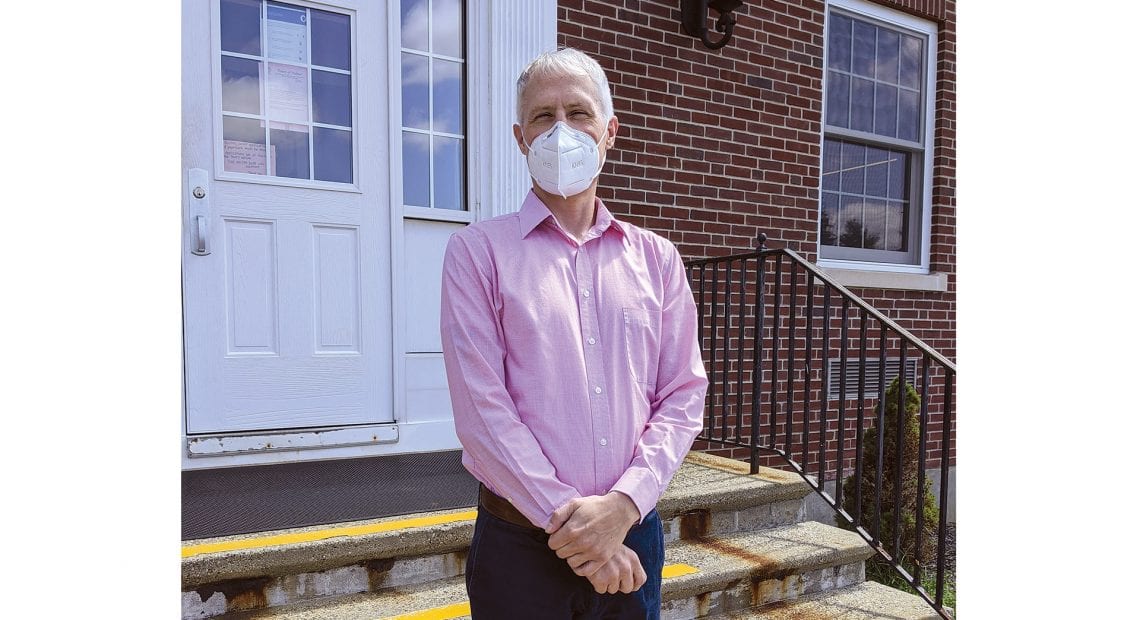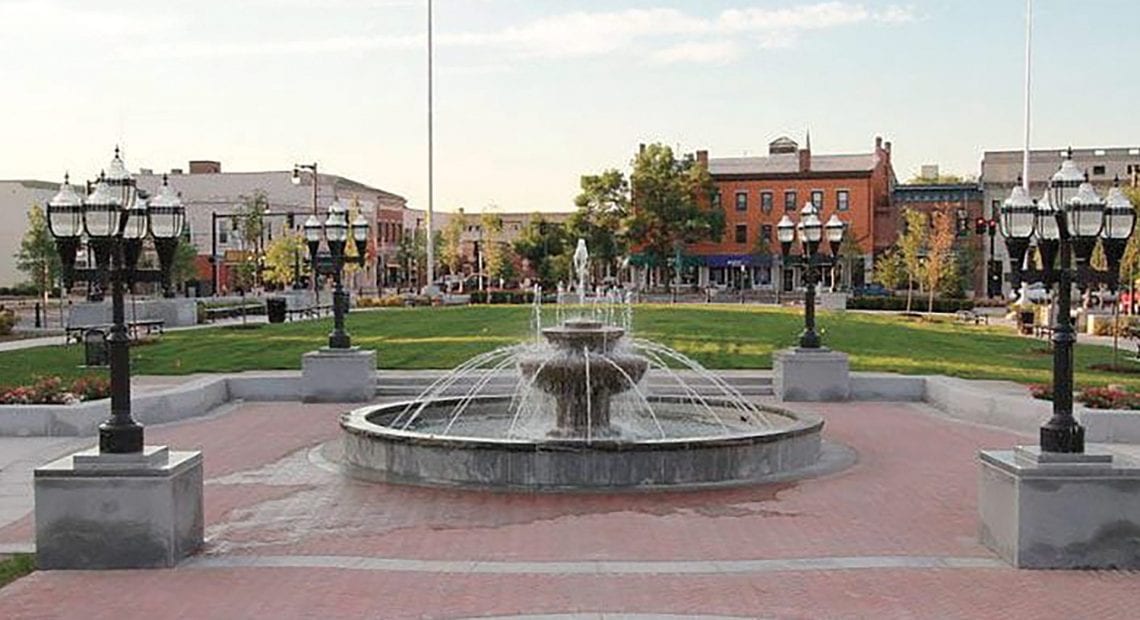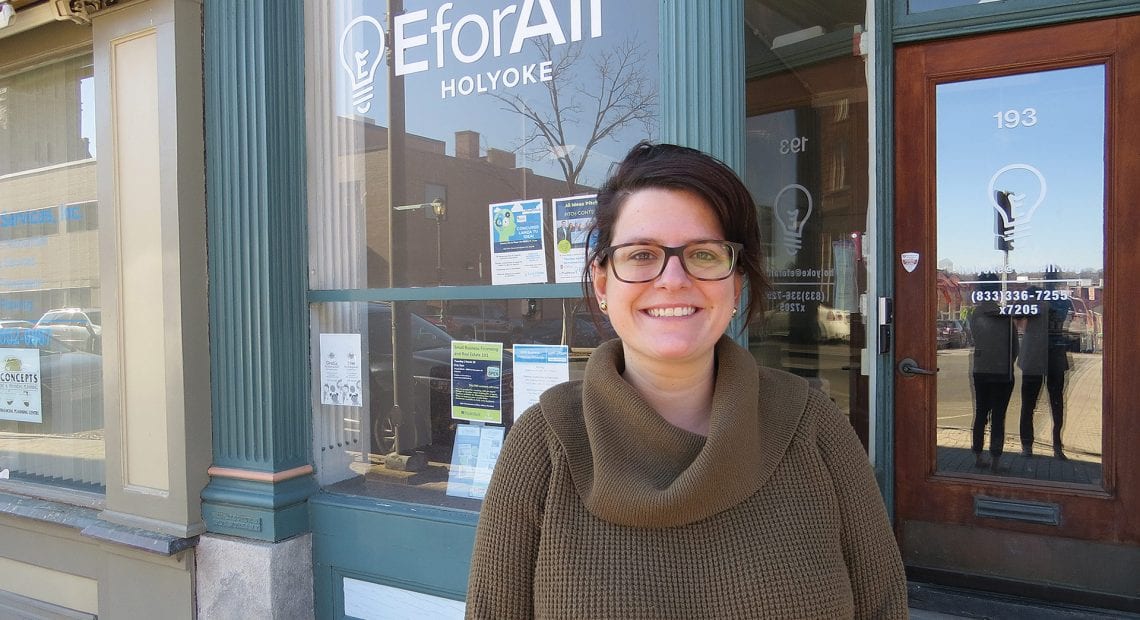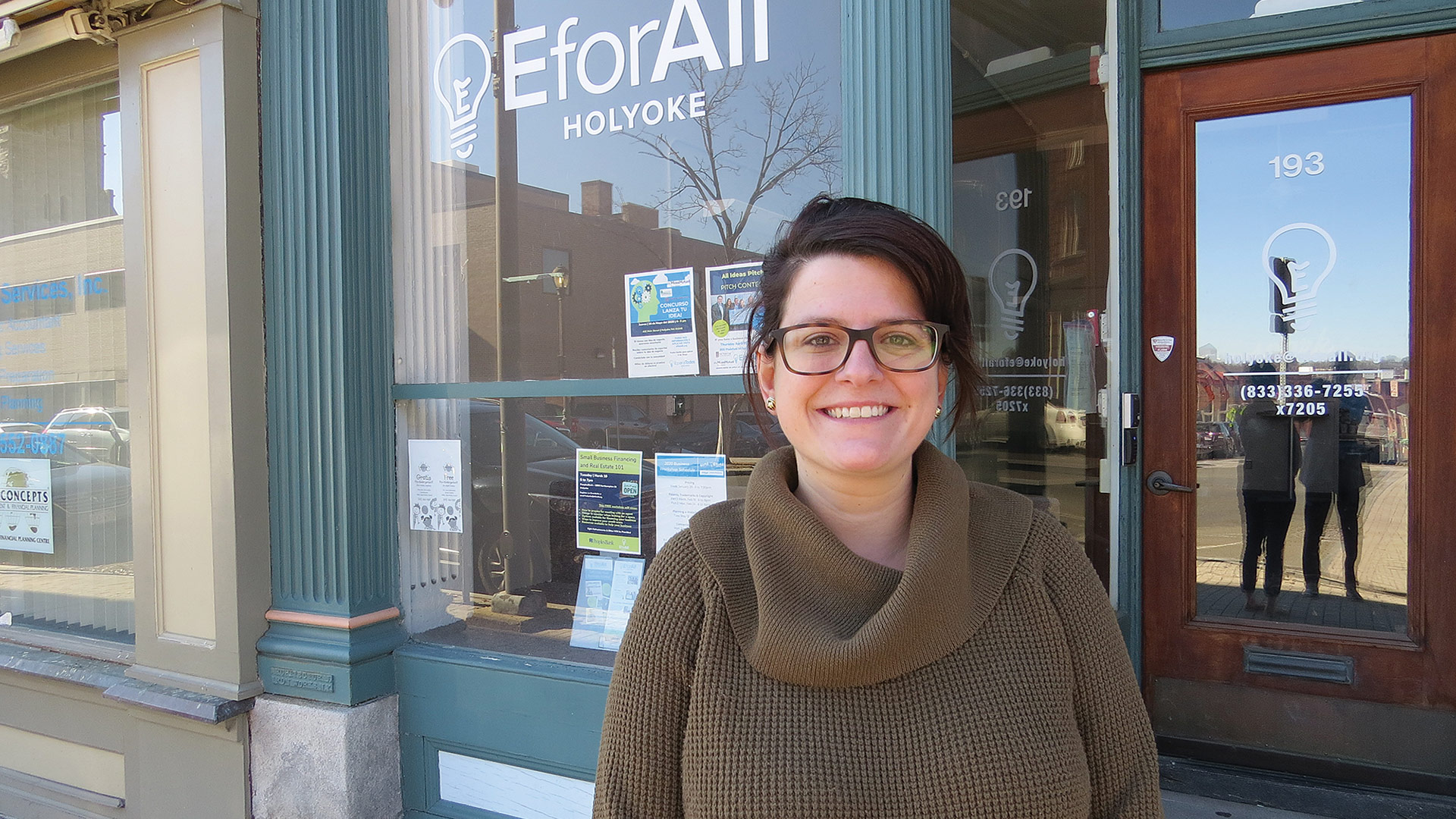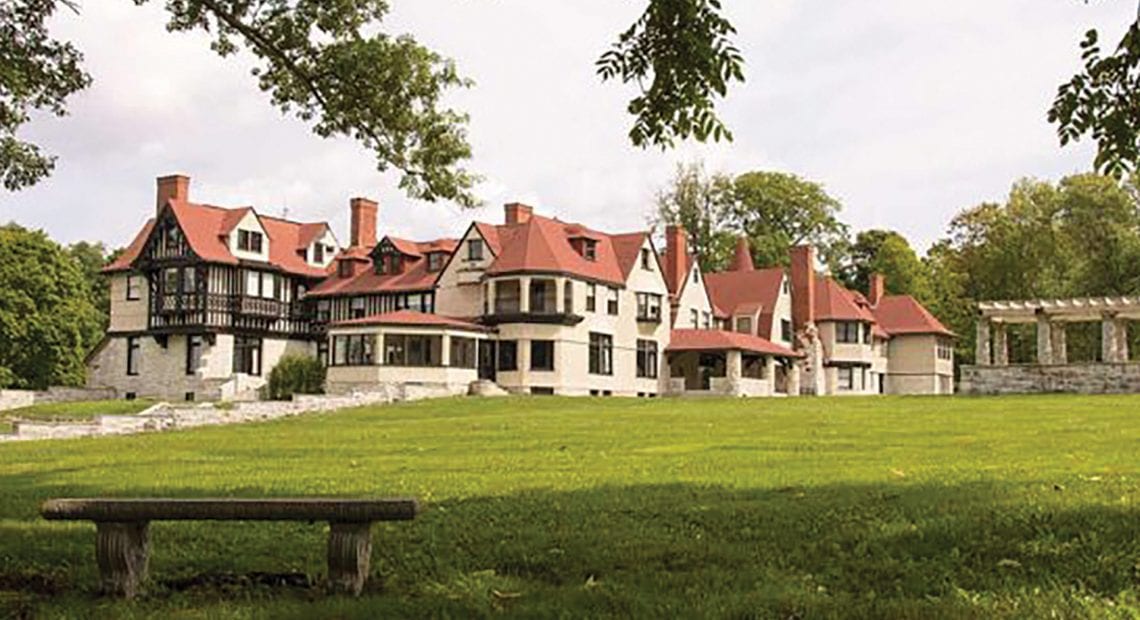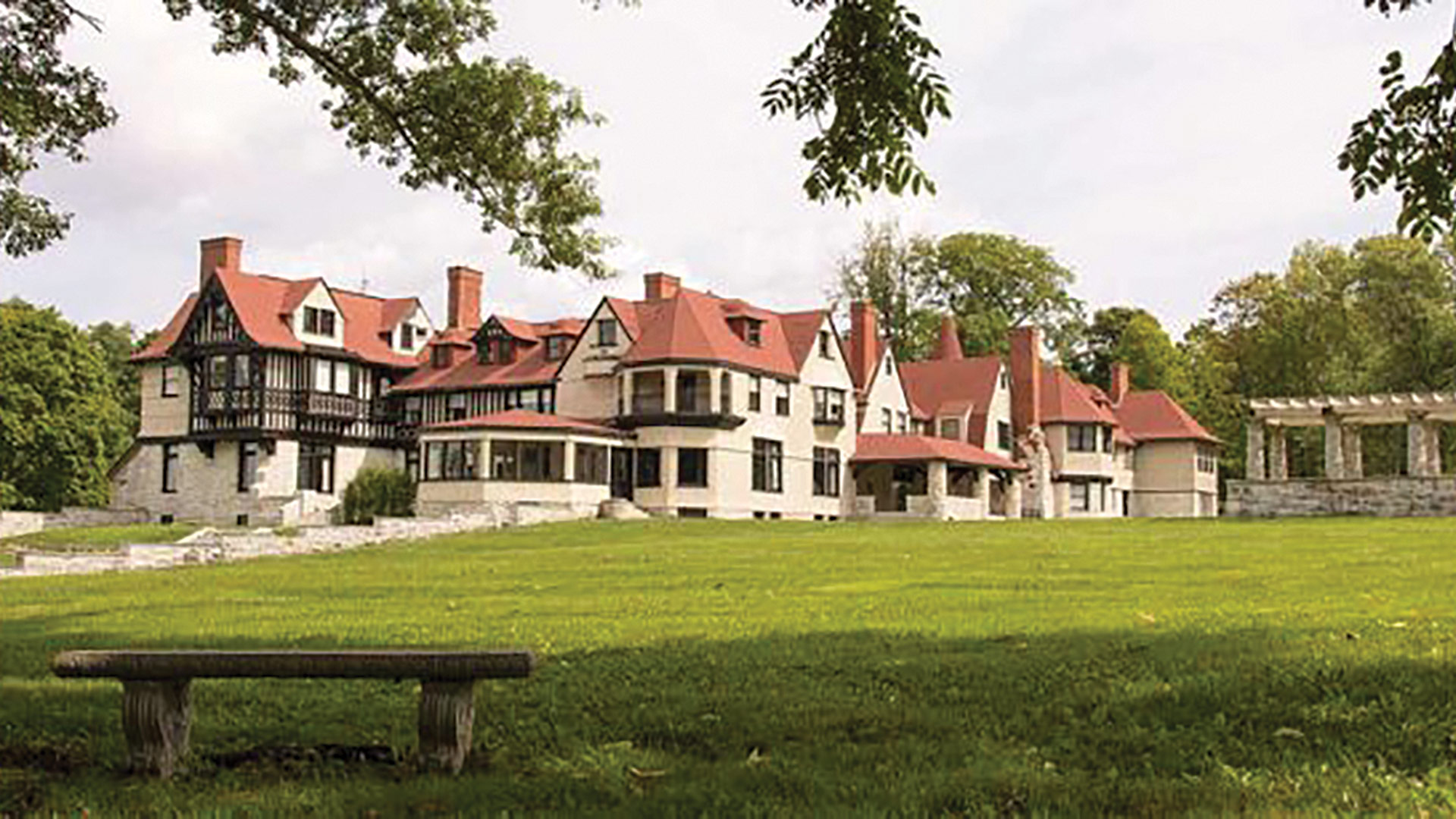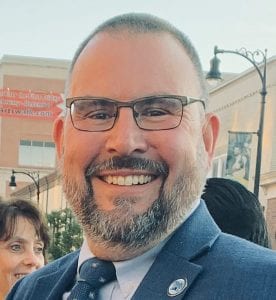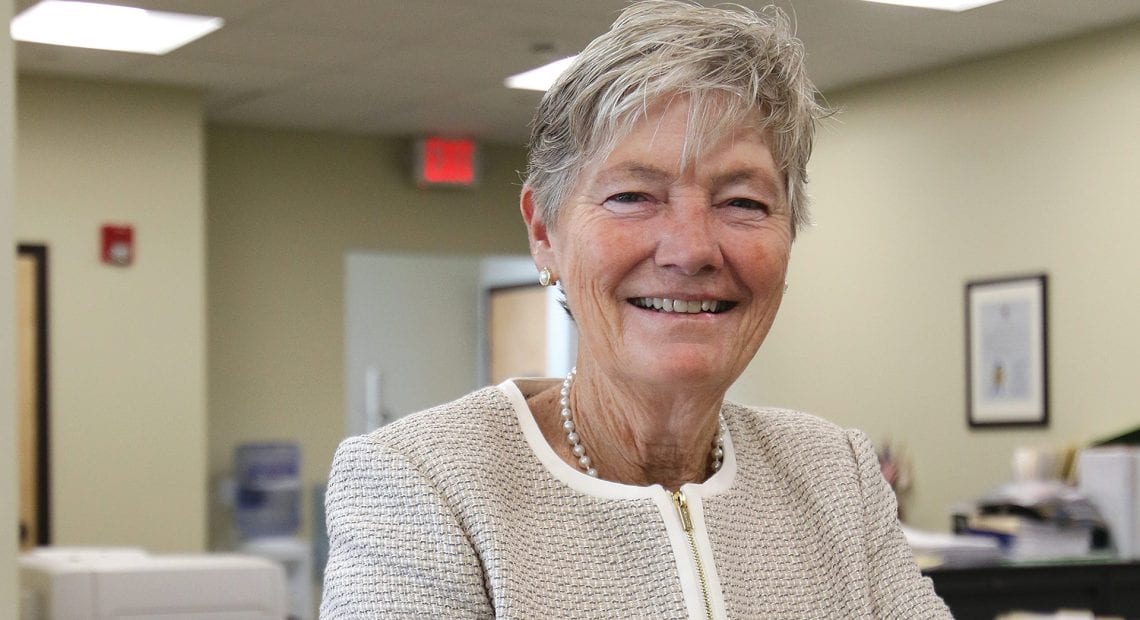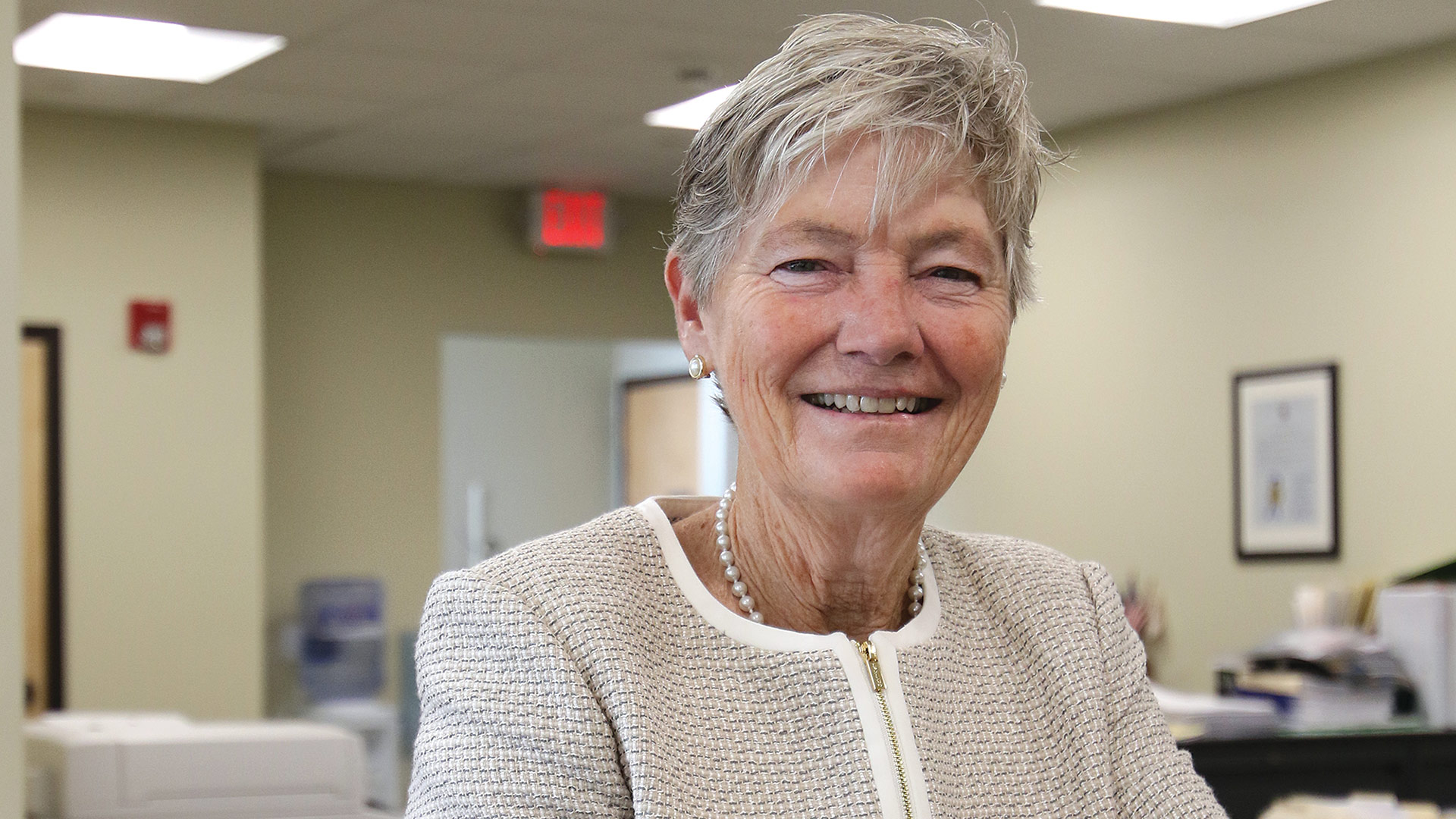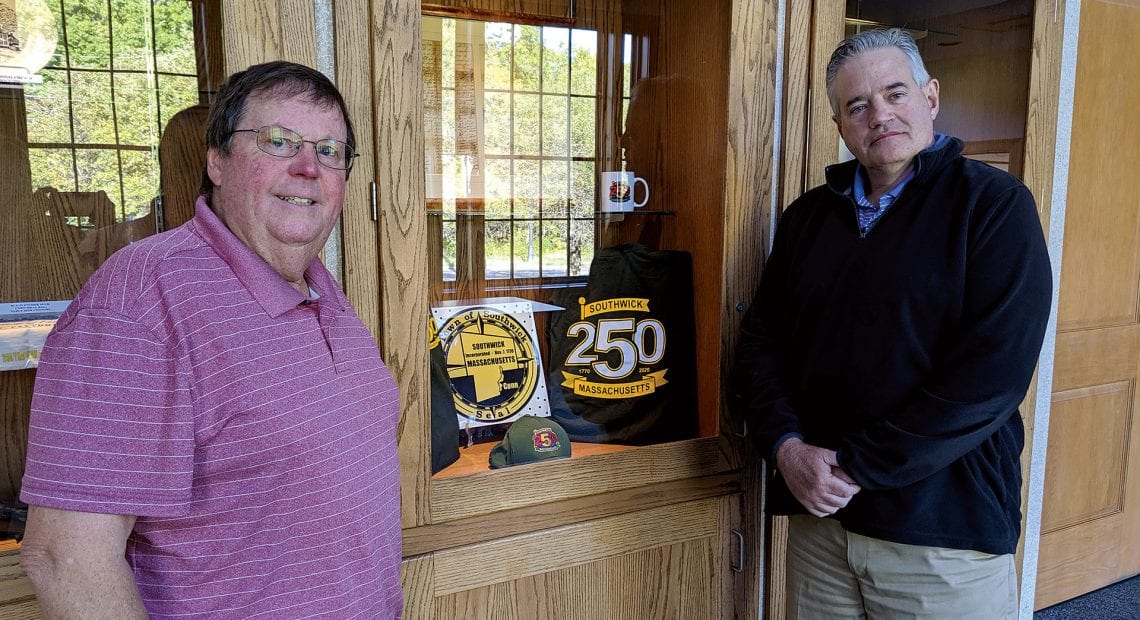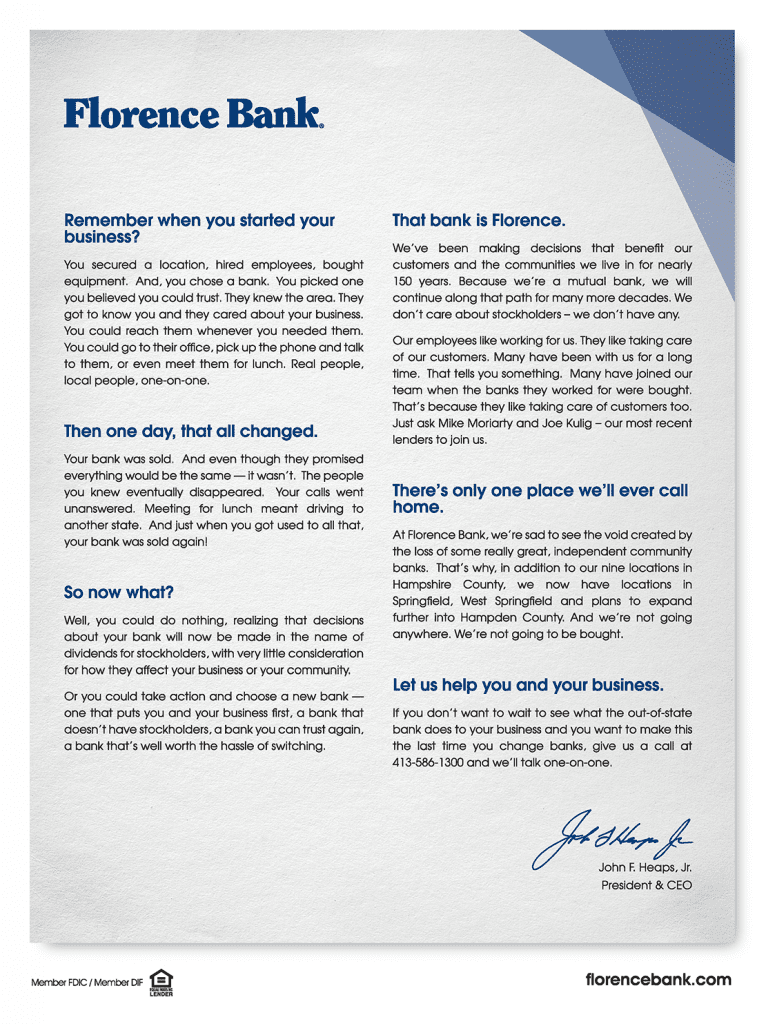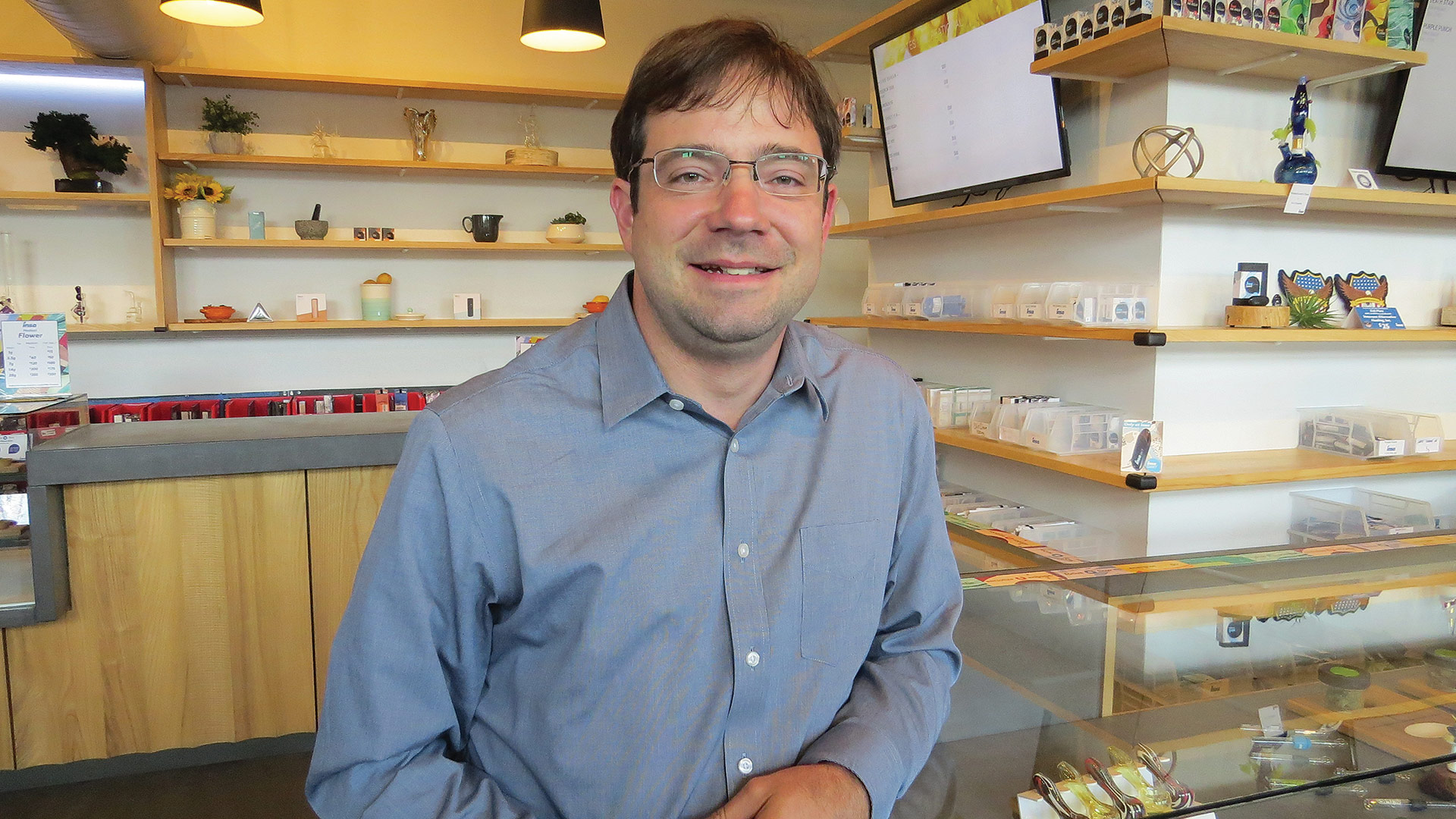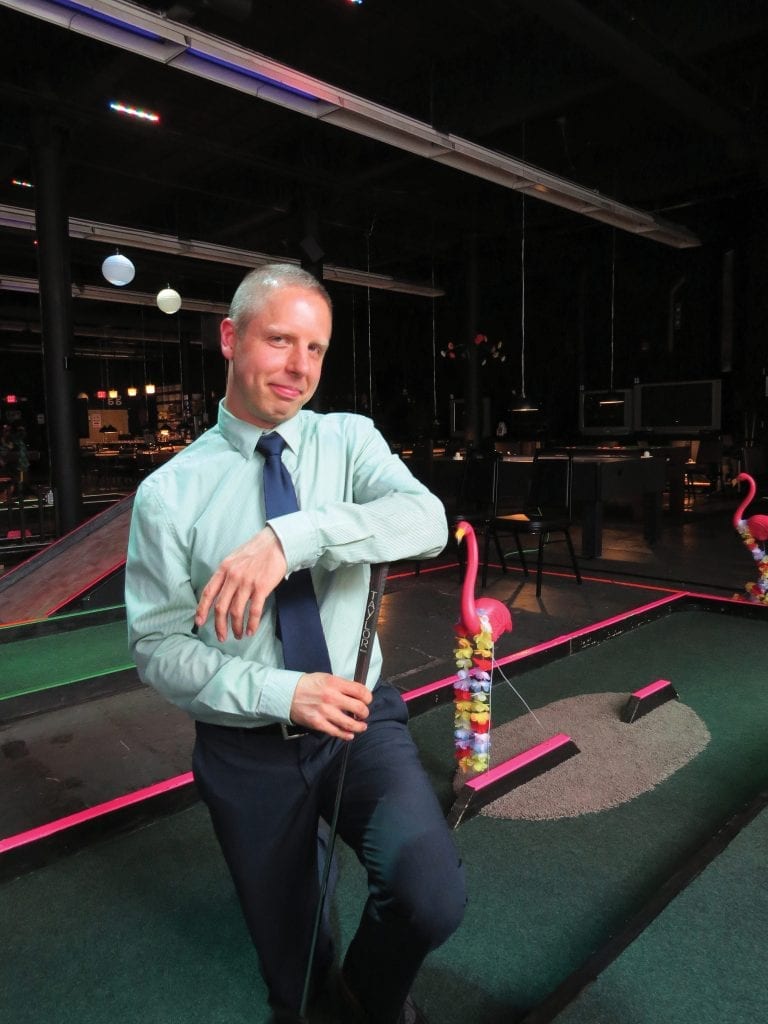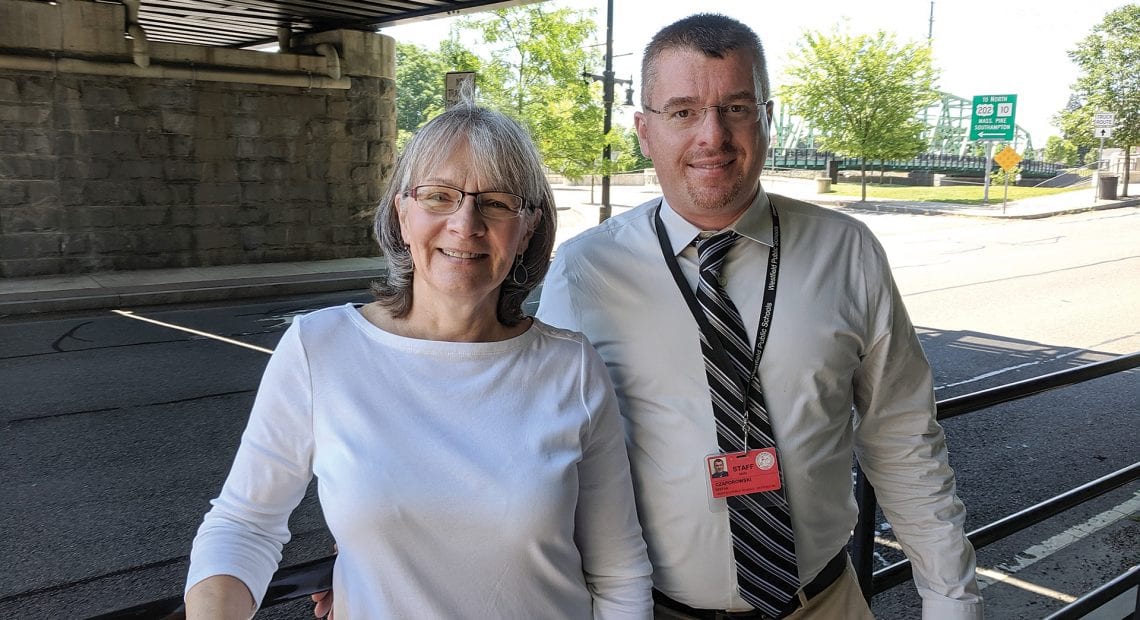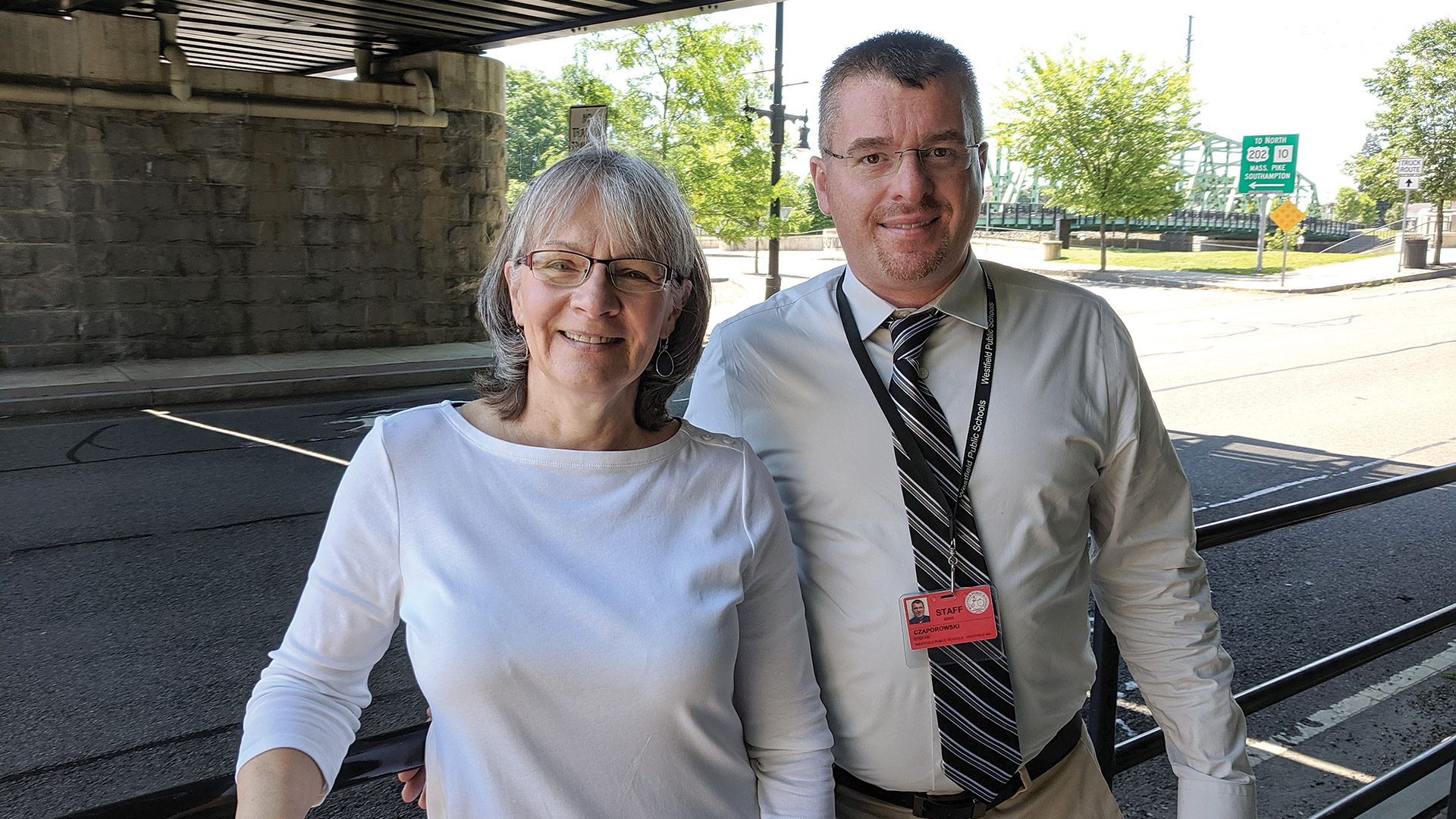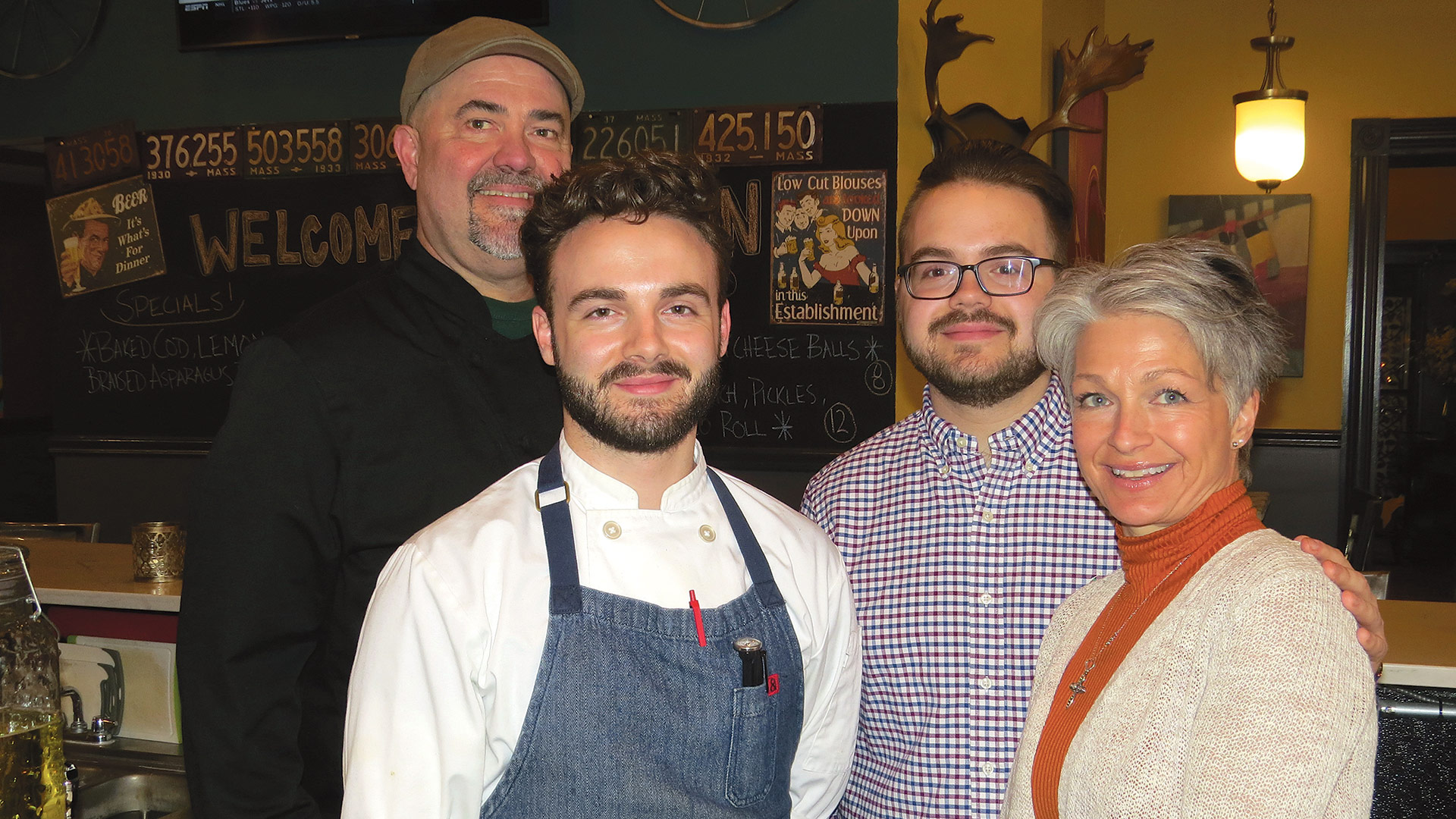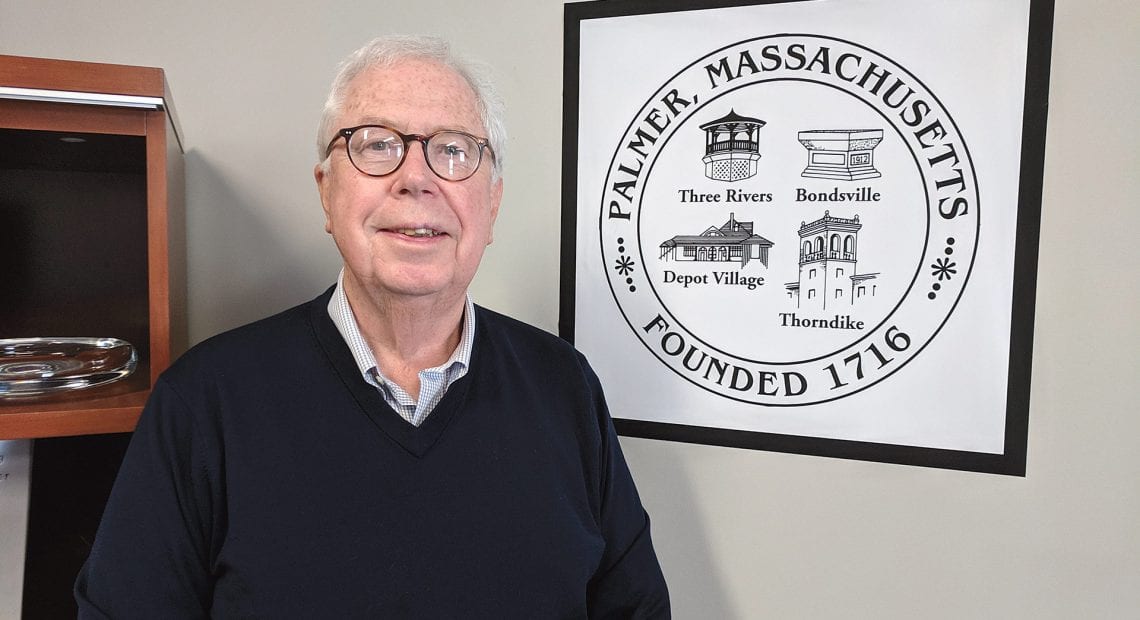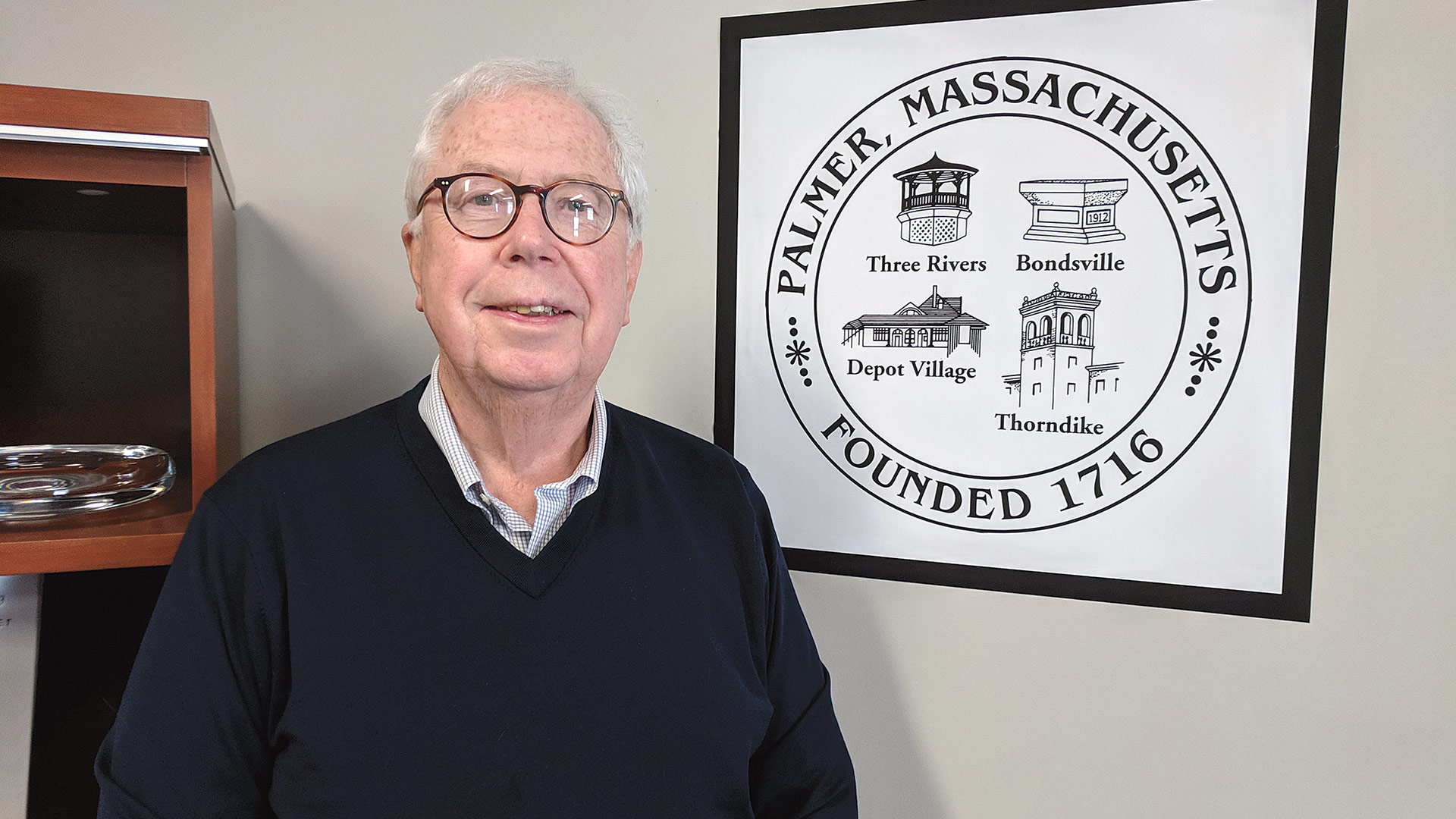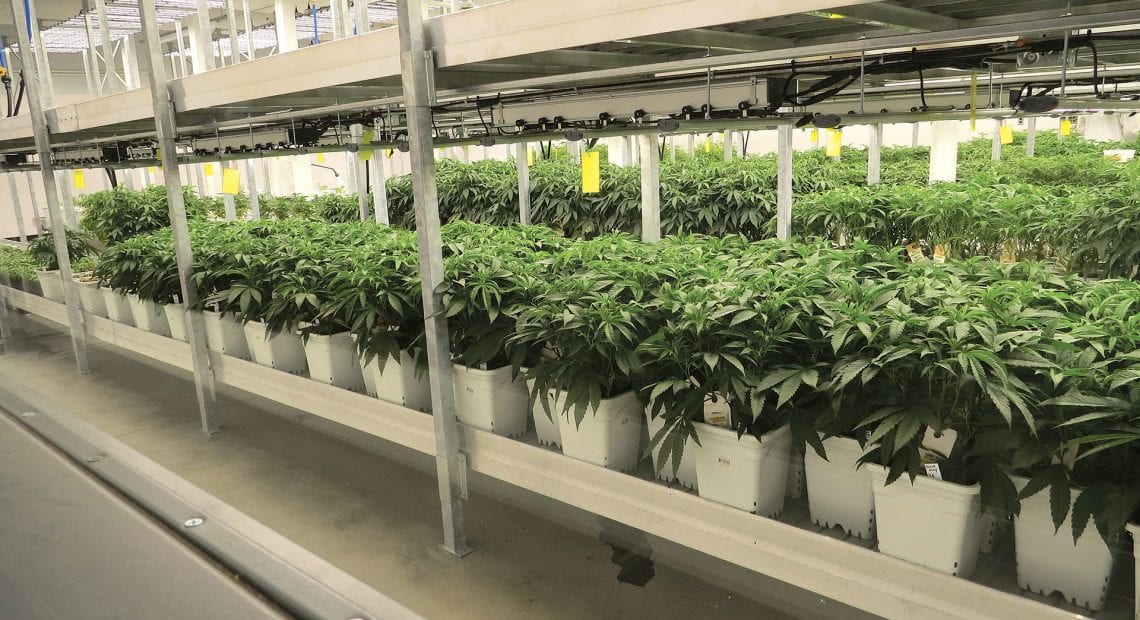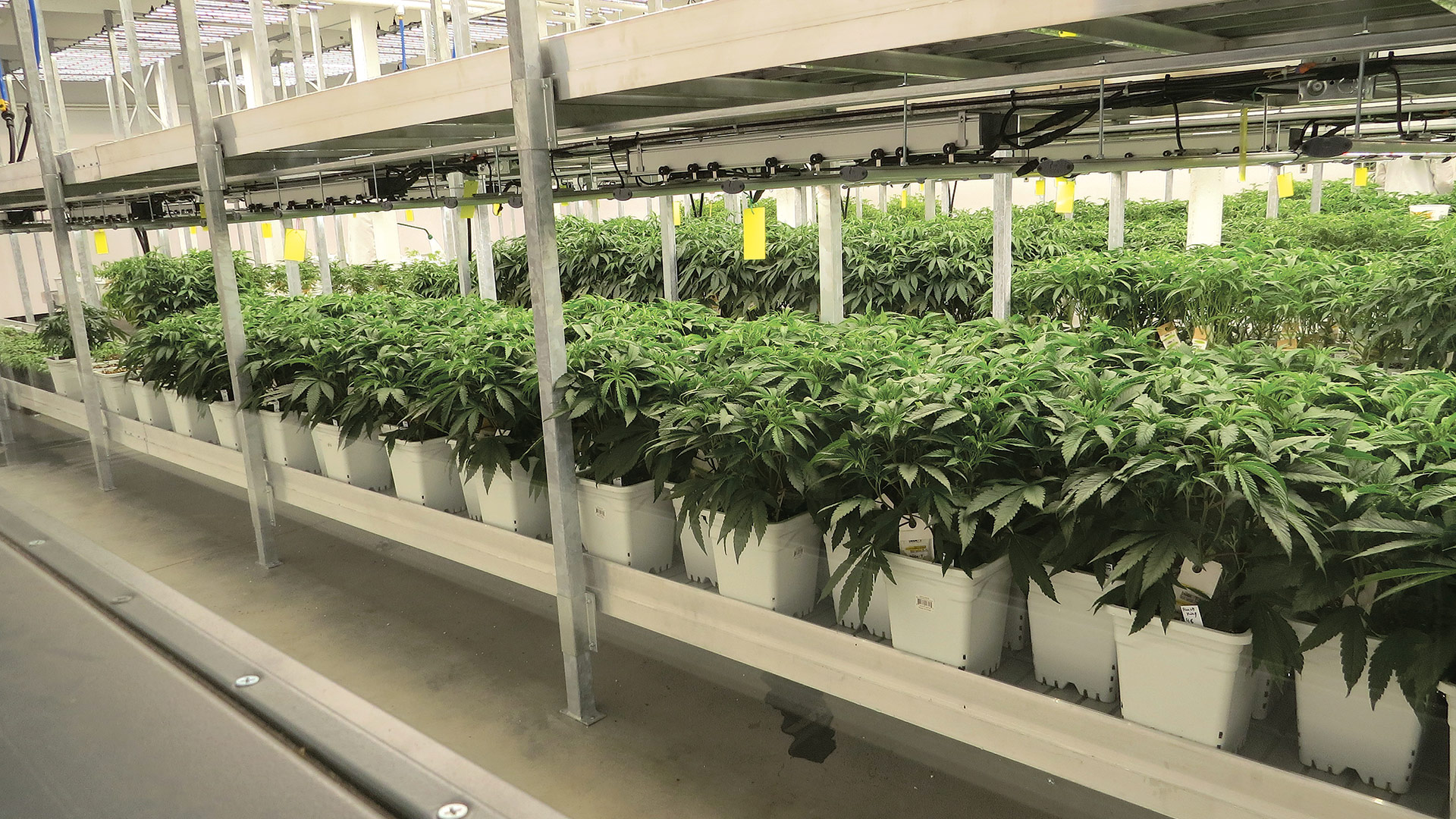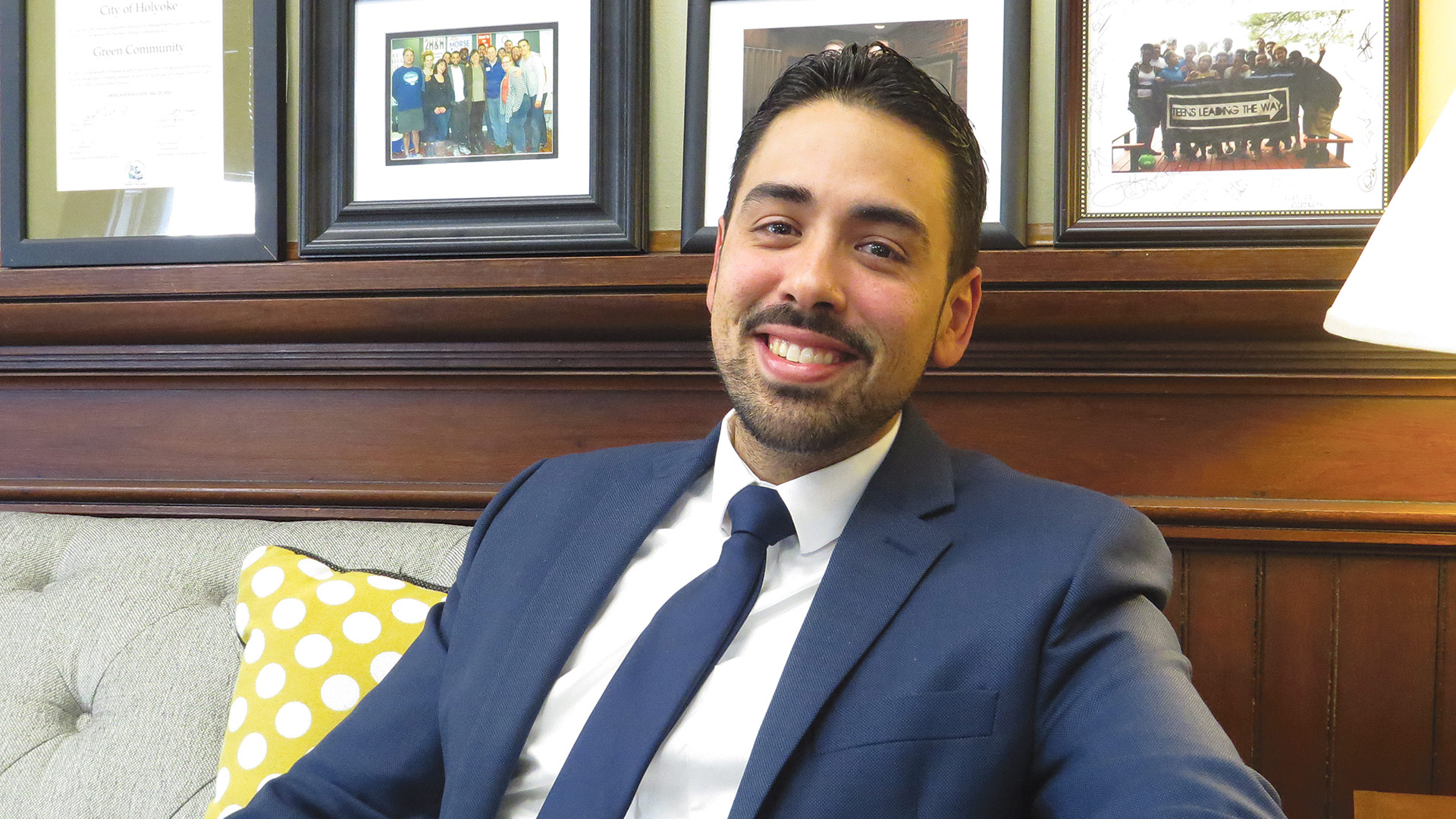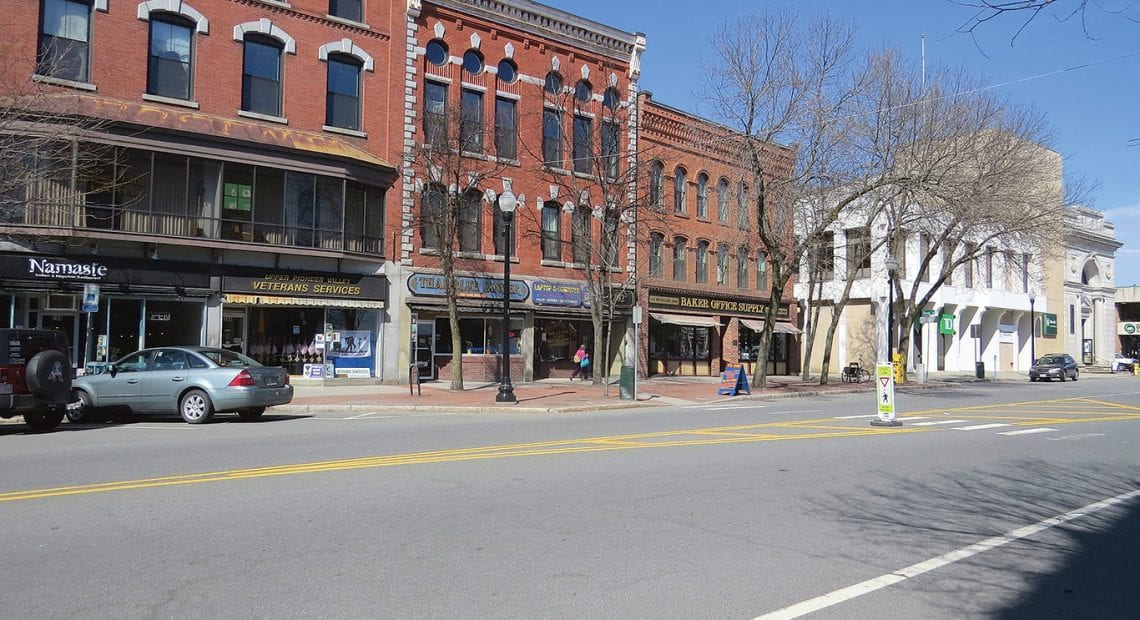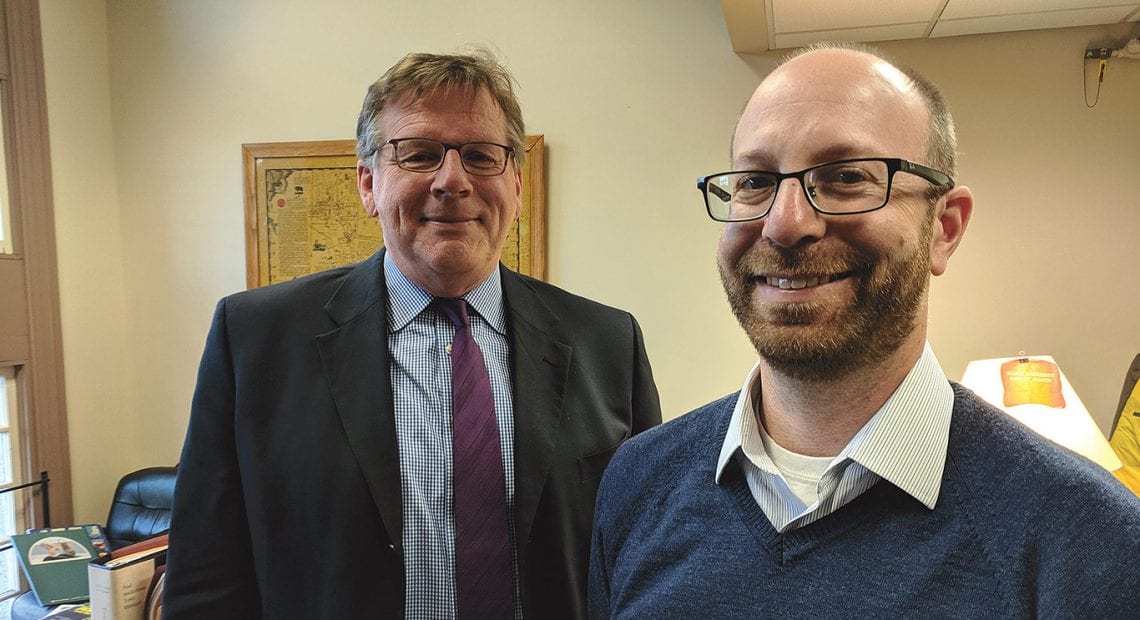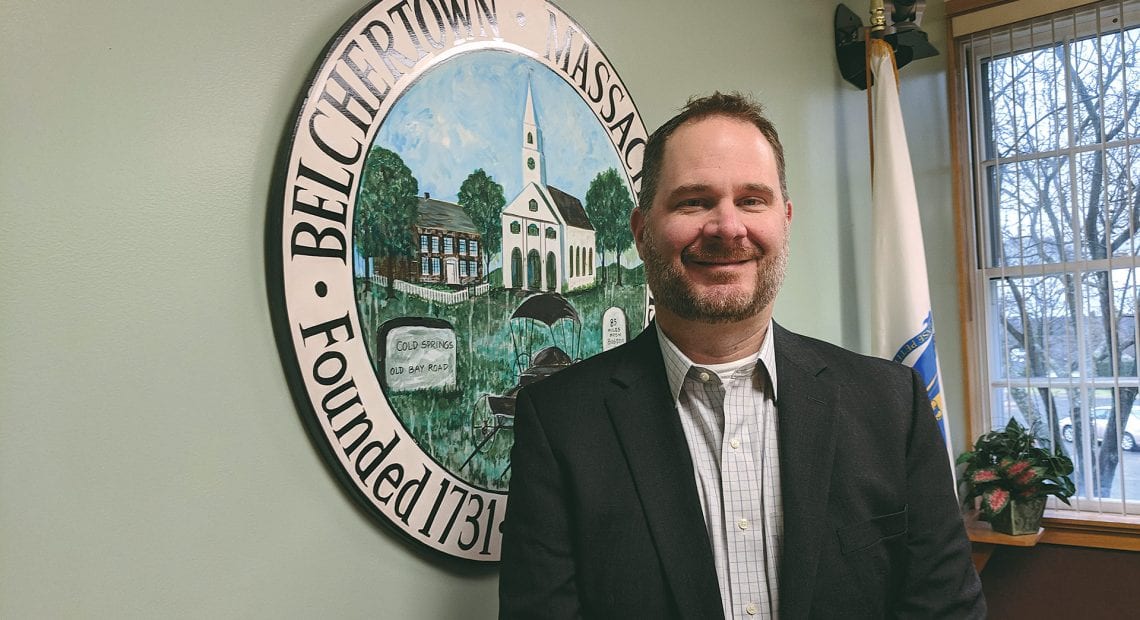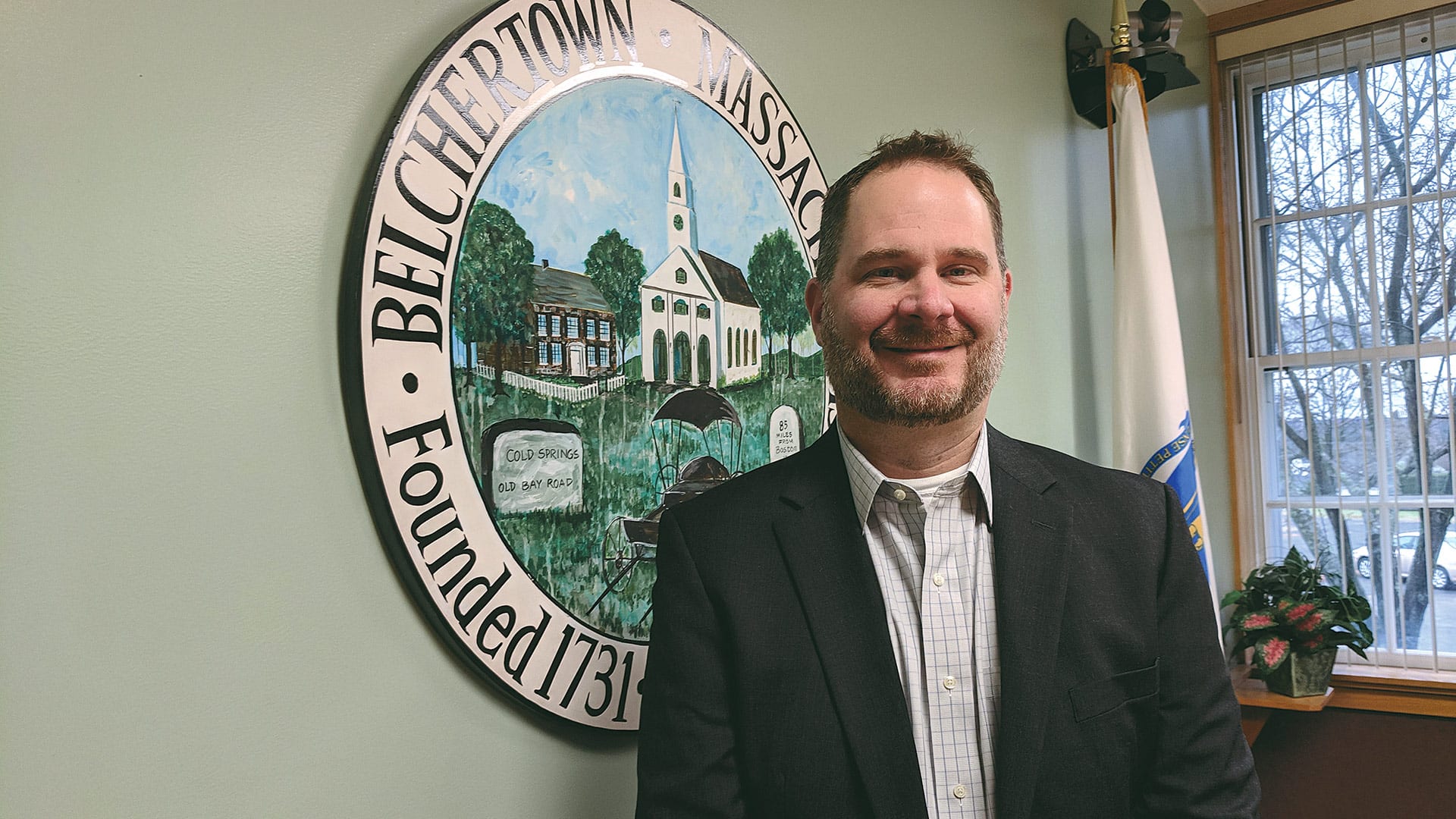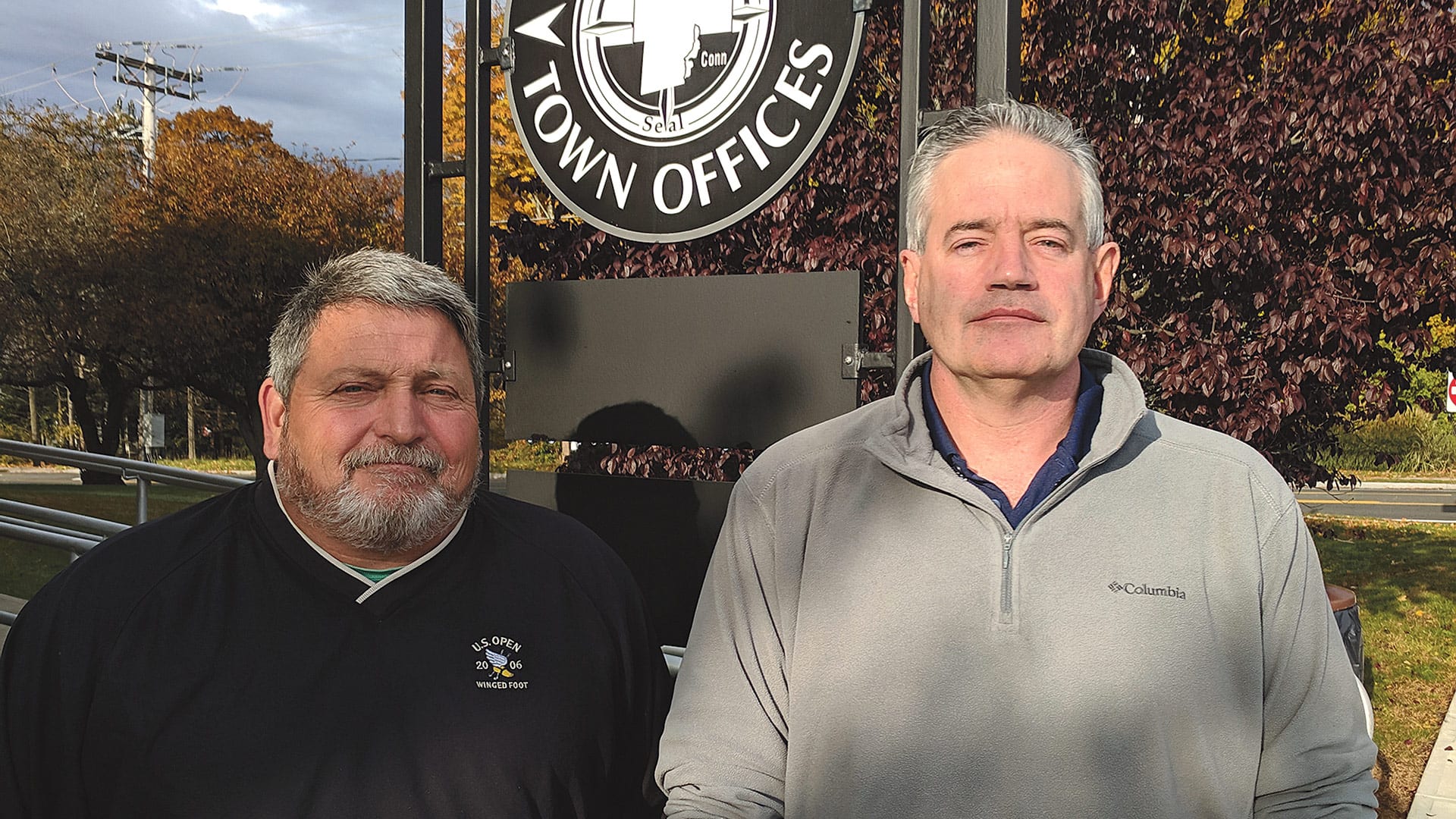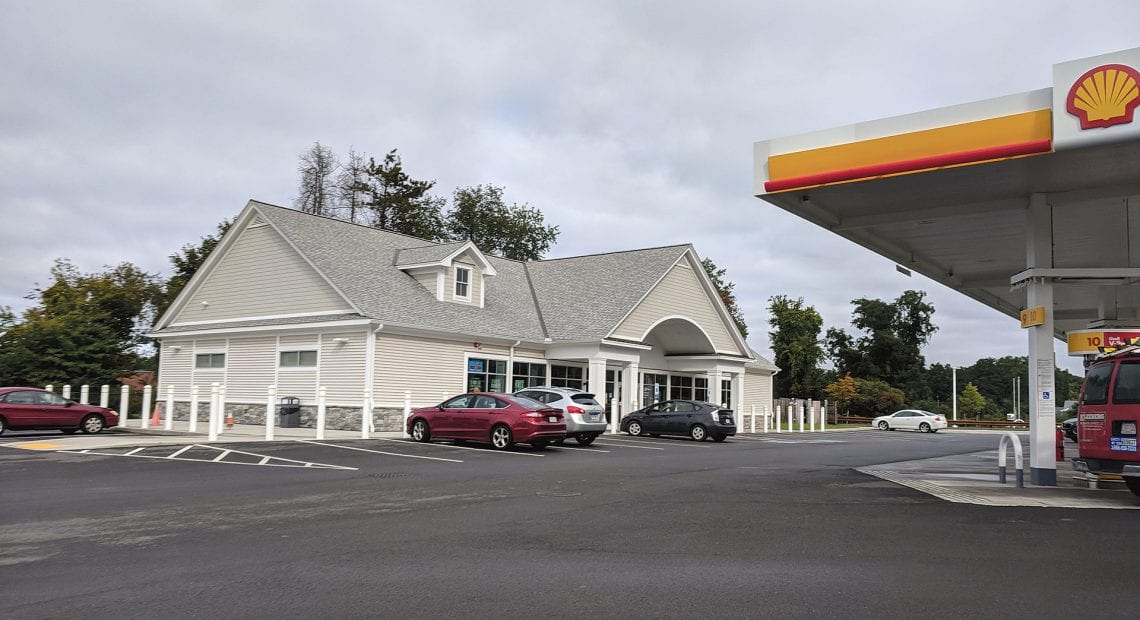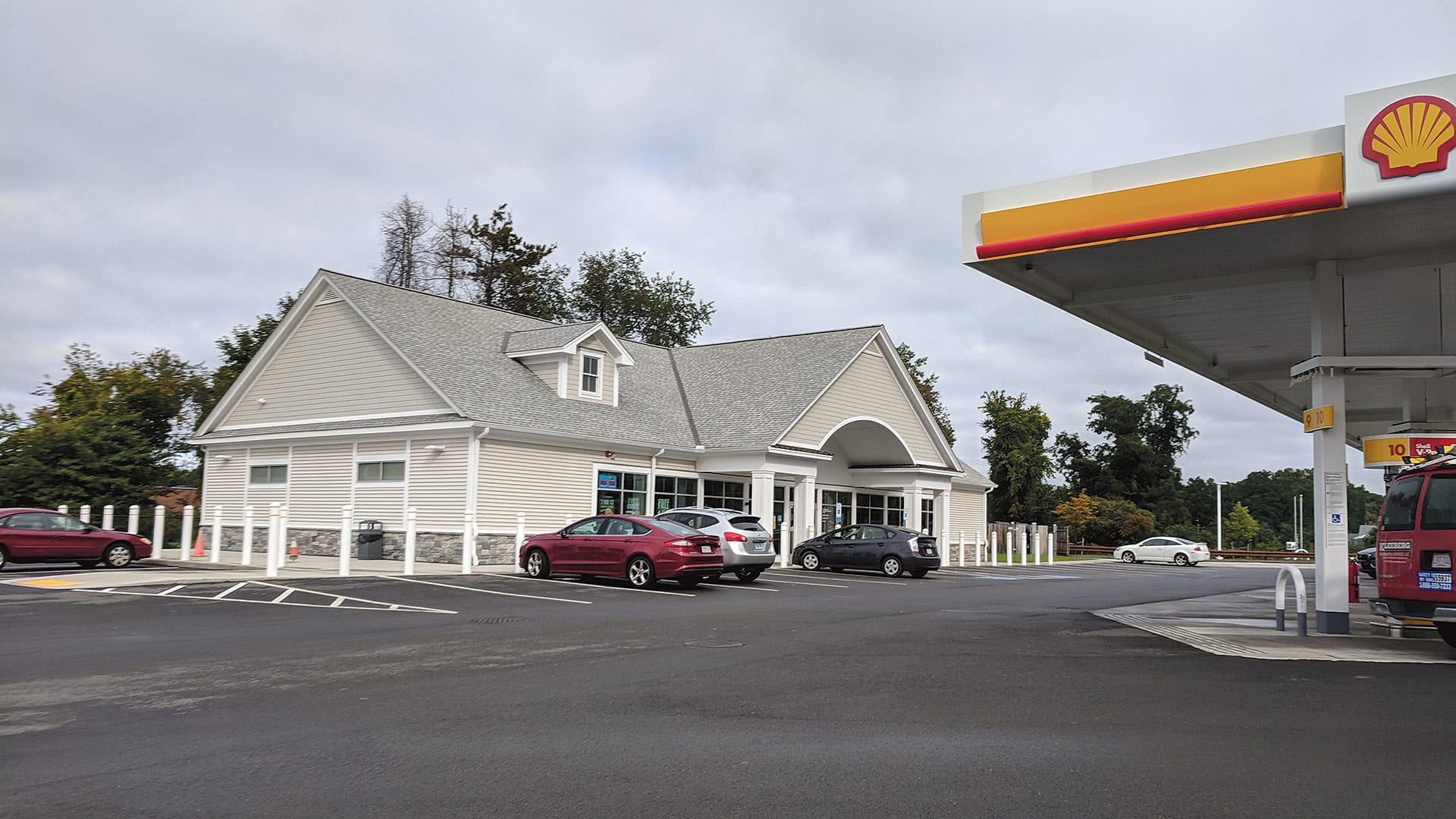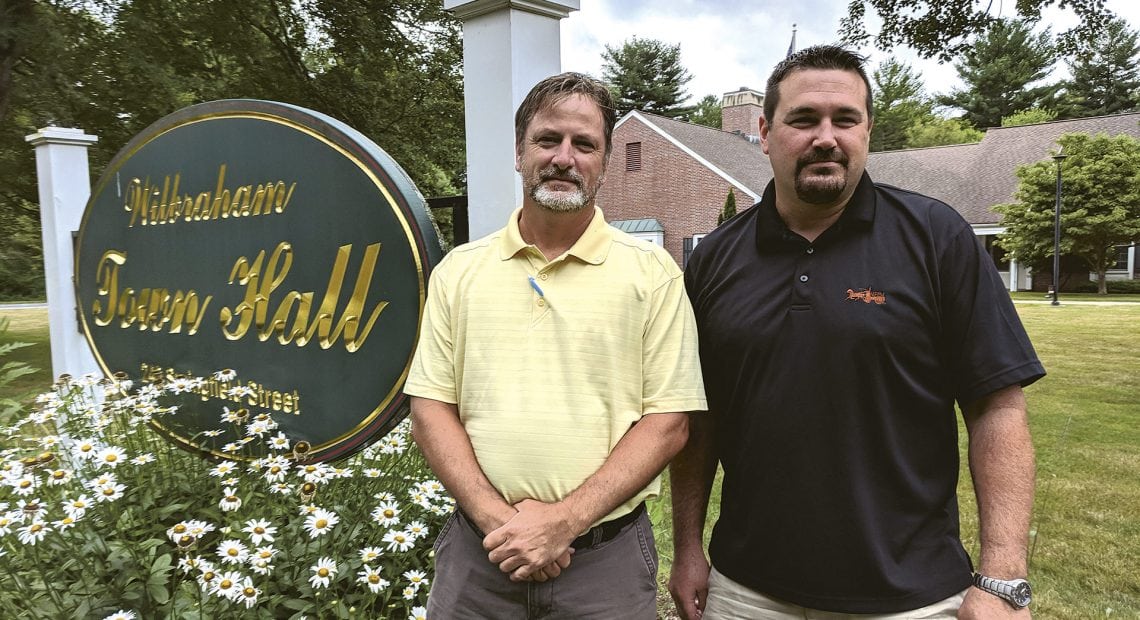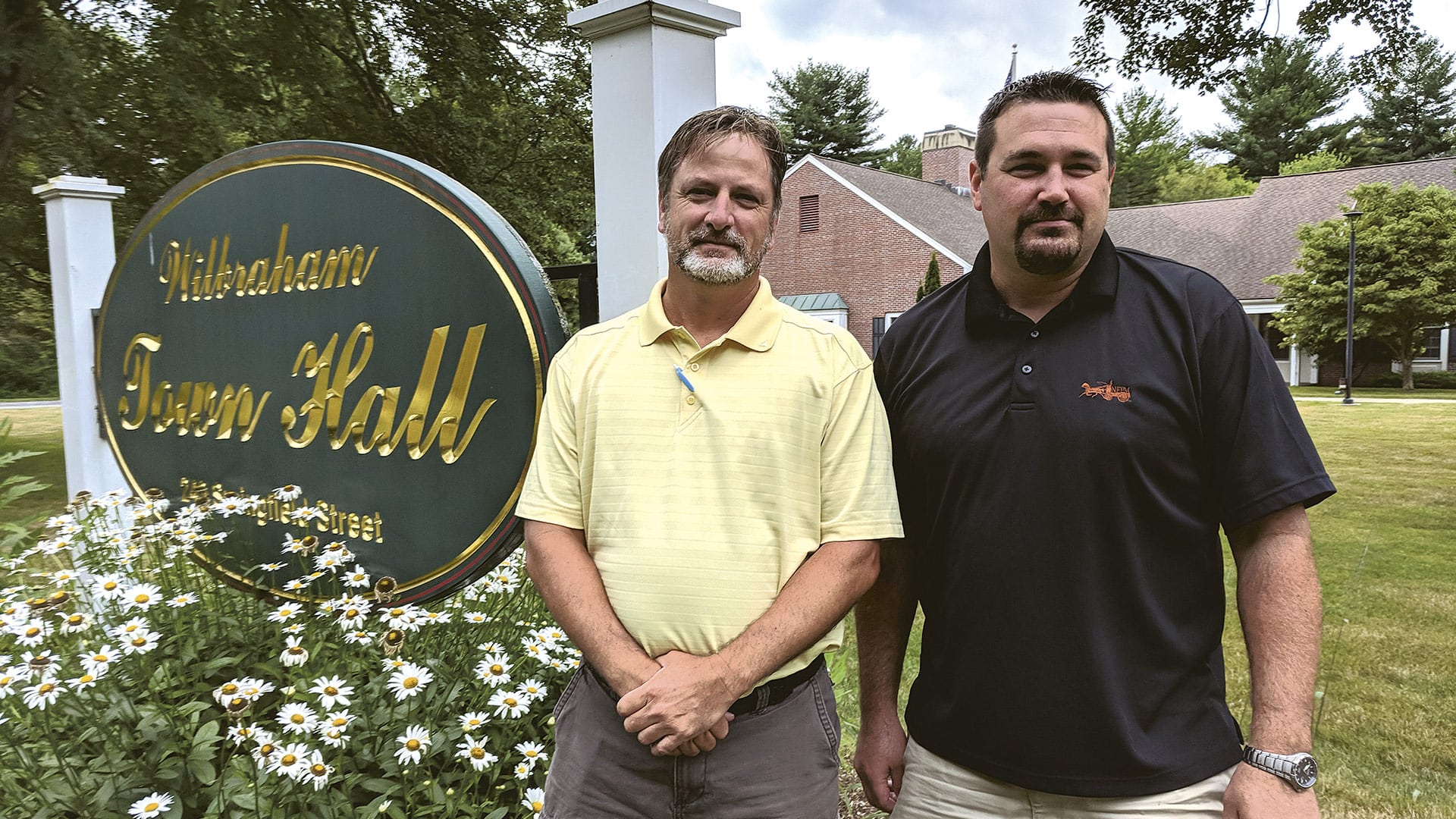Community Spotlight
By Mark Morris

The final phase of the Columbia Greenway Rail Trail in Westfield should be complete this fall.
For Donald Humason, the phones ringing at Westfield City Hall is a sure sign the pandemic is nearing its end.
While recognizing that some people suffered devastating personal and economic loss, Humason remains grateful that, on the whole, Westfield came through the last 14 months better than expected. He credits the team at City Hall for working tirelessly with state officials to secure grants for Westfield agencies and businesses.
“At our weekly department meetings, I would always ask if we were prepared for the eventual end of the pandemic, so we would be ready when the phones start ringing again,” the mayor said. “Thanks to everyone’s efforts, I feel we are ready.”
Because construction crews continued working through the pandemic, Westfield saw progress on several infrastructure projects. In April, the main structure was installed for the Greenway Rail Trail bridge that crosses Main Street. As the trail continues through Westfield, it will be an elevated path with exit ramps that drop down to local neighborhoods and businesses. Humason expects the final phase of the trail to be complete this fall.
“This last section of the trail is taking longer because there are several overpass bridges which are more complicated to build than the pathway itself,” he said.
Meanwhile, Westfield-Barnes Regional Airport recently broke ground for a $4.7 million taxiway project that will benefit both military and civilian air traffic. Another improvement at Barnes involves a private company looking to build three new aircraft hangars, Humason noted.
“These are not the sexy projects, but they need to get done so we can keep everything working.”
Massachusetts state and federal legislators are currently on a campaign to bring the next generation F-35 fighter jets to the Air National Guard’s 104th Fighter Wing at Barnes.
Humason said he appreciates having a fleet of F-15 fighter jets based at Barnes, but it’s worth pursuing the newer jets, too. “We are competing with several states in the Northeast to get the F-35s. We’ve modernized the base, and we’re ready to accommodate them if we are chosen.”
On the other side of the city, work has begun to replace Cowles Bridge on Route 202 that connects Westfield to Southwick. This state project marks one of the last bridges in Westfield that hasn’t yet been updated. Because the city is situated between several rivers, Humason said, Westfield is like an island in some ways because many entries into town involve crossing a bridge. He predicts Cowles Bridge will be completed in about two years.
“While it’s not a big bridge, it carries every important infrastructure in the city, so that makes it a more complex project because several utilities have to be involved in moving the structures under the bridge,” he explained.
Other projects, such as pump stations and sewer replacements, are also in the works. While these projects are not as high-profile as bridges and bike paths, they are essential, the mayor said. “These are not the sexy projects, but they need to get done so we can keep everything working.”
Meanwhile, infrastructure work of a different kind — expansion of Whip City Fiber, a division of Westfield Gas & Electric — continues to build momentum and become an increasingly powerful force in efforts to attract and retain businesses (and residents) in Westfield and several surrounding communities.
Tom Flaherty, general manager of the G&E, told BusinessWest there are now just under 11,000 subscribers in Westfield and 19 surrounding hilltowns, with the goal, one he considers very attainable, of reaching 15,000 within the next three years.
The high-speed internet, as well as low-cost, reliable electric service from the municipal utility, have become strong selling points for the city, said Flaherty, noting that businesses looking to relocate or expand put such services at or near the top of their list of considerations for such initiatives.
“The reliability of our electric and natural-gas infrastructures and the lower cost in comparison with other utilities — we’re more than 40% cheaper — are a huge consideration when people are coming out this way looking for houses,” he explained. “Whip City Fiber is a significant selling point when people are relocating and when businesses are relocating.”
As an example, he cited Myers Infosystems, which recently relocated from Northampton into the site of the former Piccolo’s restaurant on Elm Street, and cited energy costs and high-speed internet as key considerations in that decision.
Survive and Thrive
Eric Oulette, executive director of the Greater Westfield Chamber of Commerce, said many of the businesses in Westfield were able to stay open last year because they quickly adapted once the pandemic hit. In particular, he pointed to the adjustment restaurants made last June when they were able to offer outdoor dining.
“They figured it out and made outdoor dining another feature they could offer,” Oulette said. “It was successful and allowed them to keep their doors open.”
With only a few chain restaurants in the city, Oulette said local restaurants are able to promote their individual personalities and offer many different experiences. That environment also encourages other types of small businesses to locate in Westfield.
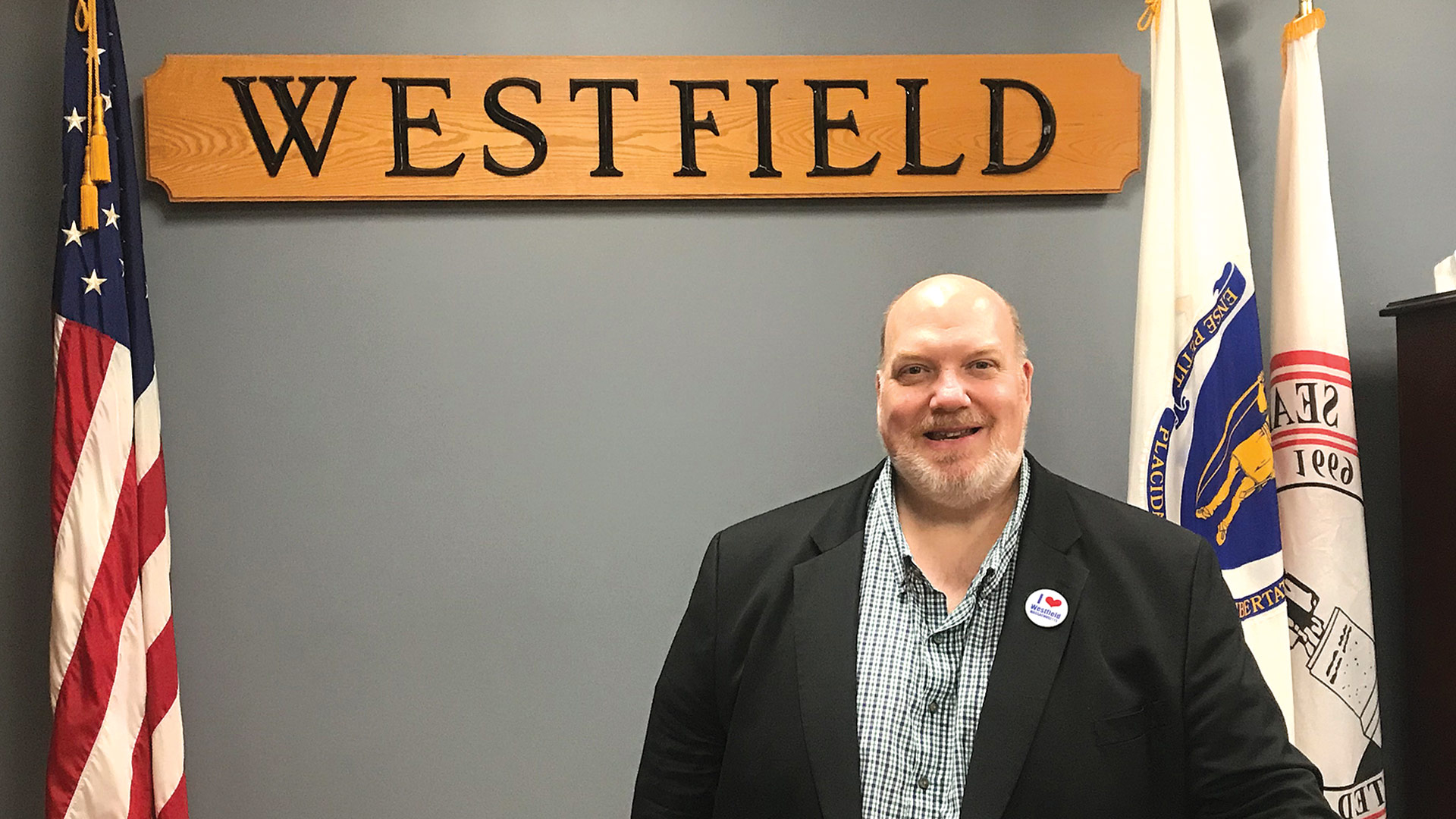
Mayor Donald Humason said the city was successful meeting the needs of residents, students, and seniors during the pandemic, and will now put more focus on business needs.
Humason told the story of three new businesses that opened in April on School Street. Hilltown Chic (small gifts, candles, etc.), Be Bella Boutique (clothing), and Boho Hair Studio are all women-owned businesses. The owners got together and decided to hold their grand openings on the same day.
“We went right down the street and cut the ribbon in front of each shop,” Humason said. “It felt like a street carnival, and the businesses all received extra publicity for it.”
Speaking of new businesses, Westfield has granted four licenses for cannabis dispensaries. Only one, Cannabis Connection, is currently open, with the others at various stages of getting ready to open.
“We are still early in the process with cannabis in Westfield, so, from a revenue perspective, we consider these eggs we have not yet put in our basket,” Humason said.
As businesses pick up their activity, he added, they will need more workers — and, like everywhere else, Westfield has far more job openings than candidates.
In May, Mestek joined with the chamber and about a dozen other businesses and held a job fair in the field across from Mestek, with each exhibitor setting up a tent to speak with interested job seekers.
“We are still early in the process with cannabis in Westfield, so, from a revenue perspective, we consider these eggs we have not yet put in our basket.”
The idea for the job fair started with Peter Letendre, plant manager at Mestek, which manufactures HVAC equipment and performs metal fabrication for other industries. The company had recently acquired its main competitor and was relocating the operation from Long Island to Westfield, bringing 60 to 70 new manufacturing positions along with the move. Traditional recruiting wasn’t working to fill those jobs, so Letendre had to look at other ways to find people.
“I’m on the board at the chamber and began talking with other members about holding a job fair,” he said. “That way, we could all help each other by attracting candidates for our respective companies.”
In addition to Mestek, exhibitors included Six Flags of New England, C&S Wholesale Grocers, Northwestern Mutual, and several others. A few weeks after the job fair, Letendre reported that Mestek had hired about 15 employees, with another 10 in the process of coming on board.
Many of the positions offered by the job-fair exhibitors offered starting pay that was higher than minimum wage. For instance, Letendre said, the entry-level starting rate at Mestek is $15.50 an hour, and after 90 days, if the employee performs well and demonstrates good attendance, the pay increases to $16. As they acquire more skills, their wage can rapidly increase from there.
From working with sheet metal to assembling HVAC units and warehouse work, Letendre said Mestek offers lots of opportunity for growth. “You can start off in manufacturing, then keep improving your skills and build a solid career here.”
Plans are underway for a second job fair at the end of the summer. While many would-be job seekers are currently receiving supplemental unemployment benefits, that program ends in September, Oulette noted. “Right now, there are lots of companies looking to hire above minimum wage, so my one message to job seekers is, don’t wait until the fall when the unemployment benefits end, because there will be much more competition.”
While he is the new executive director of the chamber, Oulette is no stranger to Westfield. He worked with the Boy Scouts of America Western Massachusetts Council for five years and was president of the Rotary Club of Westfield in 2019 and 2020. He accepted a director of Development position for the Boy Scouts in 2020 that had him spending several days a week in New Hampshire. When the pandemic kept him at home, he wanted to stay in Western Mass. and accepted the chamber position in April.

While new to chamber leadership, Eric Oulette is no stranger to civic life in Westfield, including service with the Boy Scouts and the Rotary.
Oulette is the first to admit he had to “fill some big shoes” following Kate Phelon, who retired in September after 12 years leading the chamber. He appreciates how welcoming everyone has been as he transitions into the new post.
“It’s just like starting any new job where information is coming at you like you’re drinking from a firehose,” he said with a laugh.
Back to Business
Flaherty, like Oulette, is optimistic about the city’s prospects for continued residential and commercial growth, noting that it has a number of strong selling points, including location, strong schools and neighborhoods, and, as mentioned earlier, lower-cost energy and an expanding fiber-optic network.
And this expansion may soon take Whip City Fiber well beyond the city’s borders, he said, adding that the utility is in discussions with West Springfield about a pilot program to bring high-speed internet service to areas of that city as it advances plans to build a town-owned internet utility in partnership with Westfield G&E.
“We’re looking at four potential pilot areas that would be installed over the next year while the city goes through the process for the community to become a municipal light plant, or MLP,” he explained, adding that expansion into the neighboring city could eventually bring another 13,000 subscribers to the service.
Meanwhile, there are preliminary talks about taking the service to other communities as well, Flaherty said.
“There’s a good level of trust concerning our product and our capabilities — we have all the infrastructure, we have the billing system, we have the customer in place, we have the utility capabilities, the bucket trucks, and the line personnel,” he noted, adding that the company is well-positioned for continued growth.
As is Westfield itself. Oulette and Humason are grateful the city was not forced to confront big job losses or high numbers of business closings. Despite the pandemic, the mayor noted, Westfield kept moving forward.
“While our schools faced issues of whether they were going to hold classes remotely or in-person, we still continued with education,” he said. “We were still able to serve our senior citizens even though we couldn’t meet at the Council on Aging. We were also able to keep our infrastructure projects moving despite the pandemic.”
Humason added that, because Westfield has taken care of residents, schools, and seniors, he now looks forward to giving more attention to expanding businesses in the city. “I’ve said this since the day I was sworn into office: Westfield is open for business.”



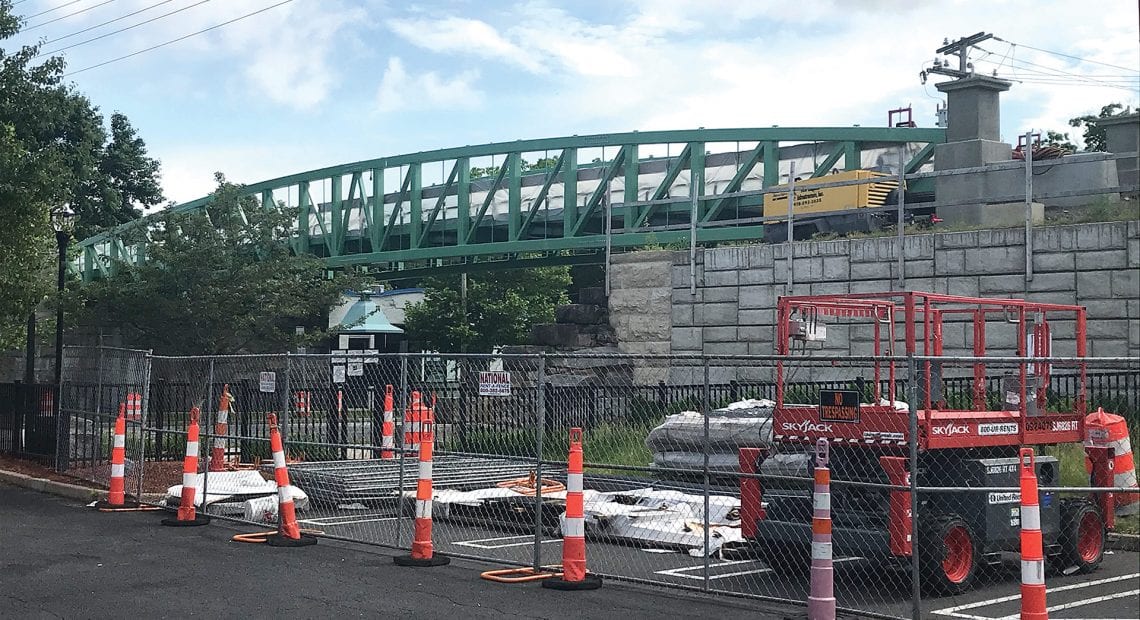
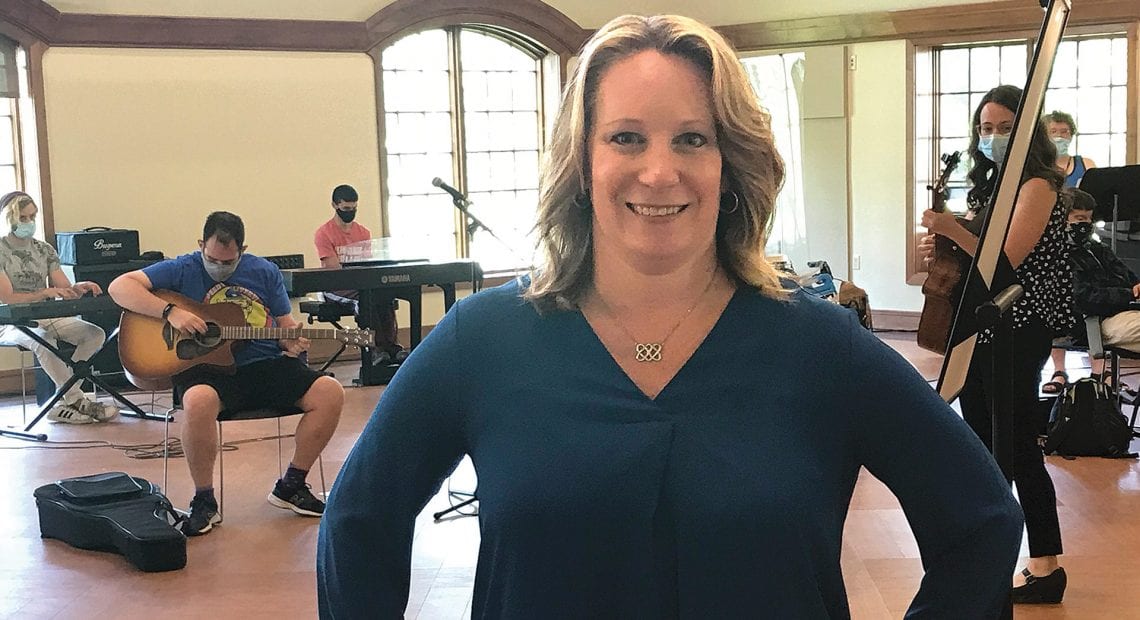




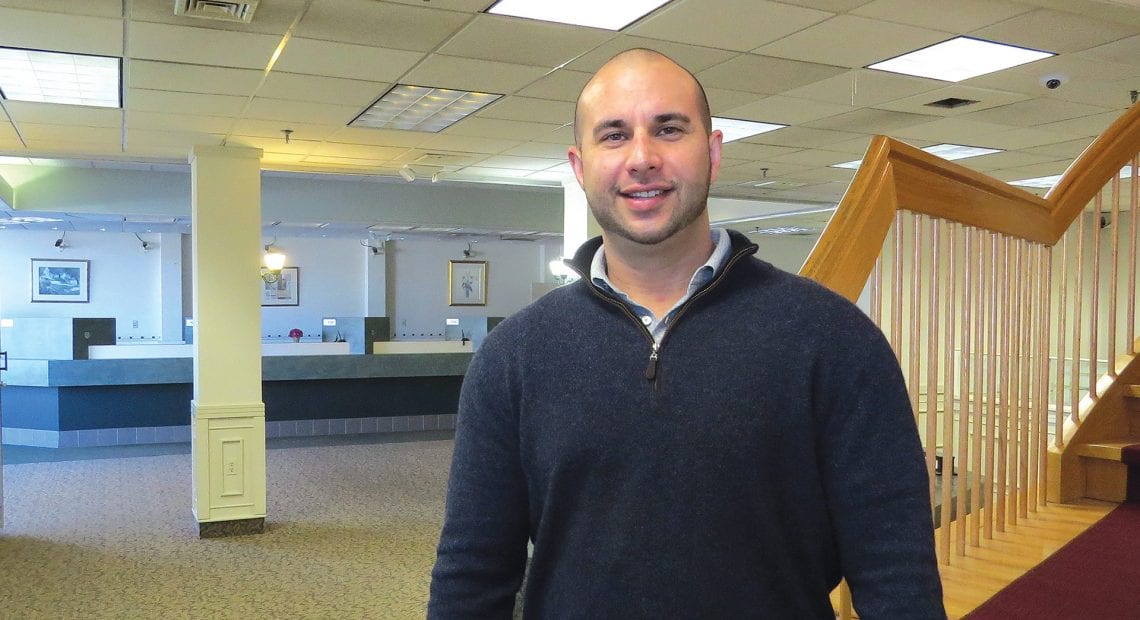
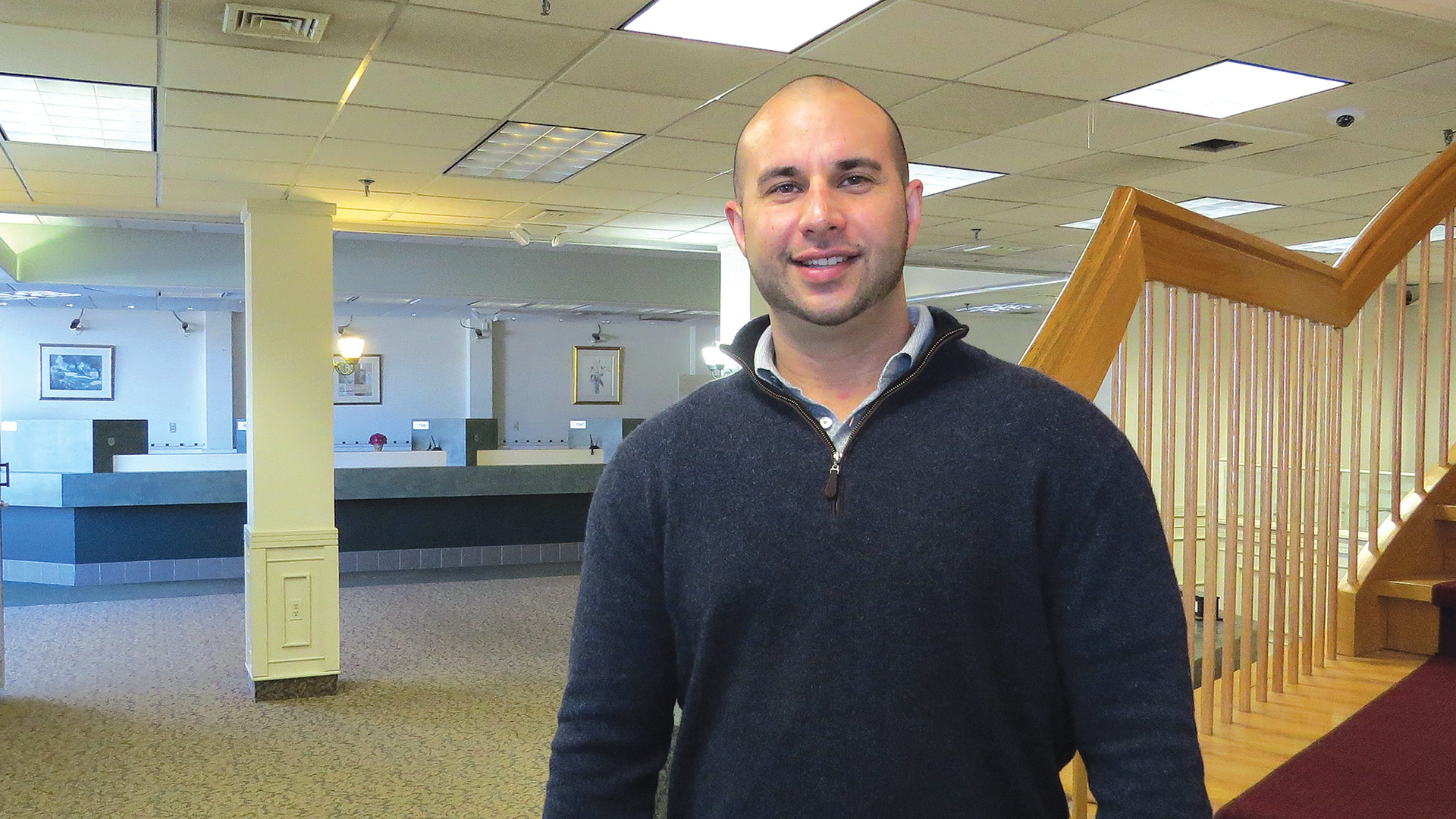




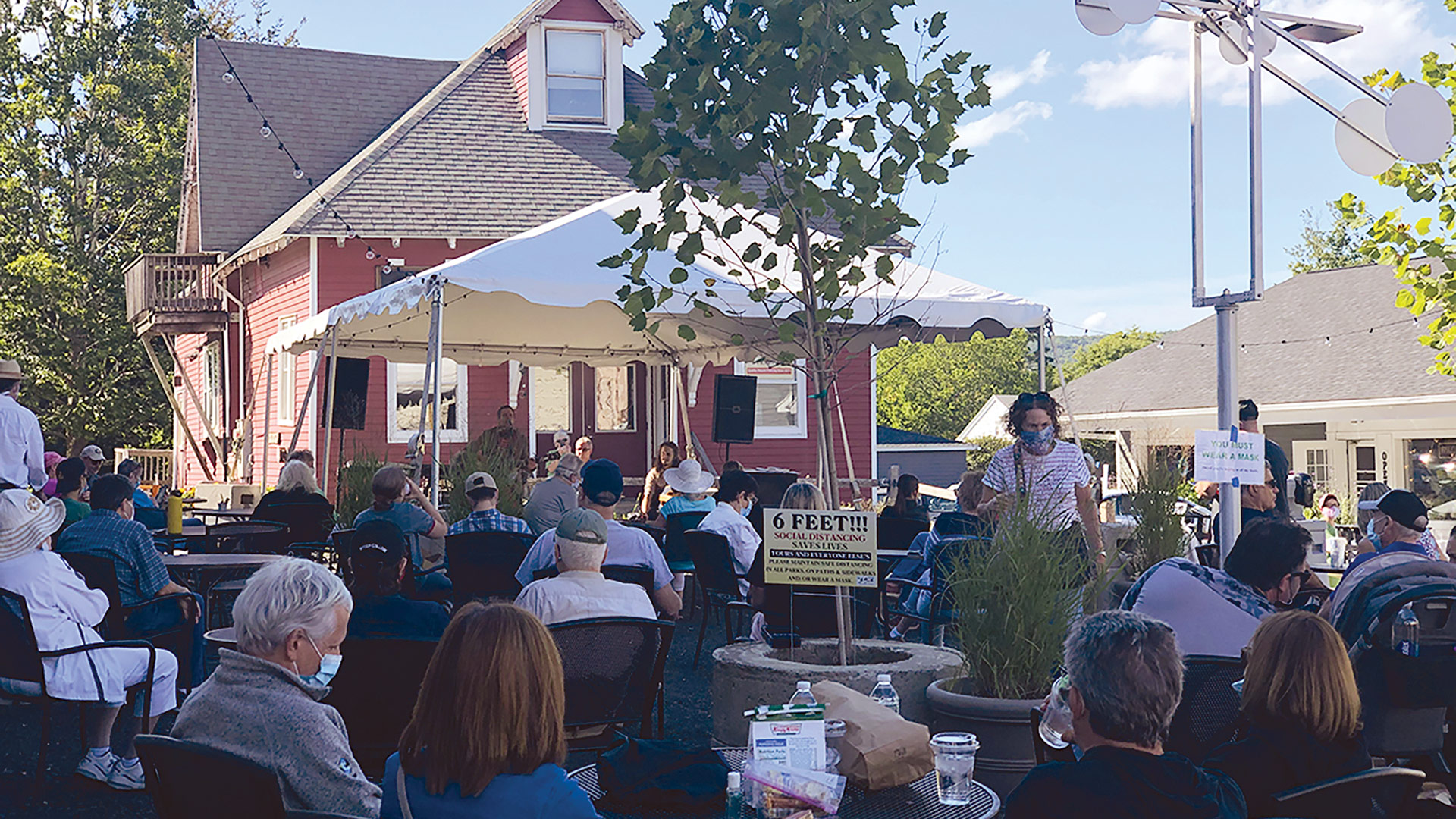
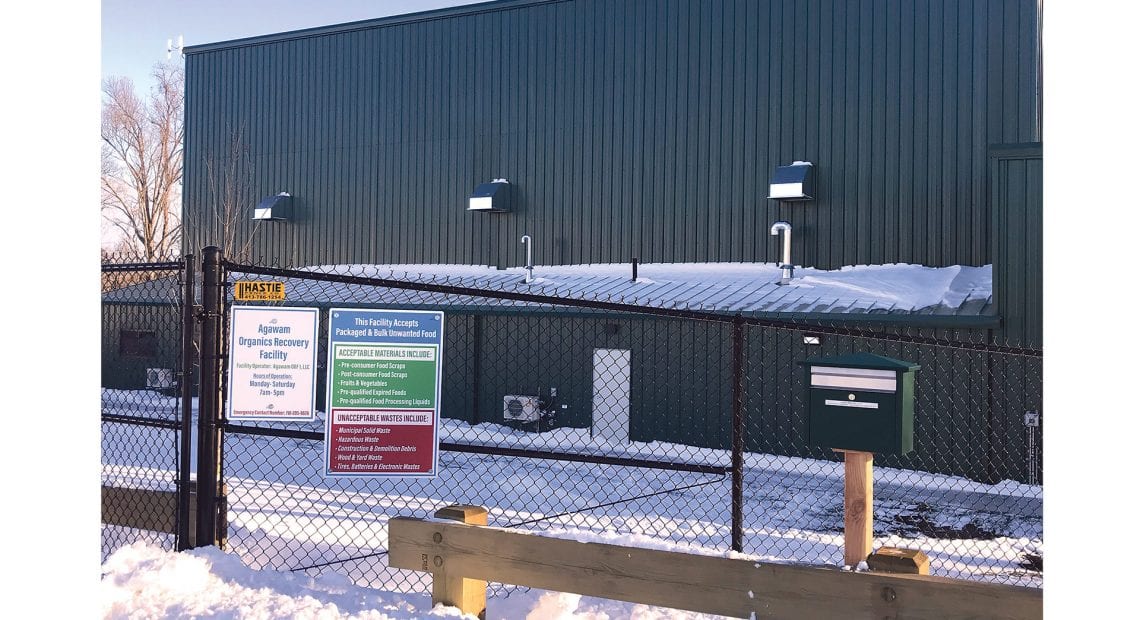
 As the world looks to generate energy from different sources and reduce waste, a new facility just opened in Agawam that contributes to both efforts.
As the world looks to generate energy from different sources and reduce waste, a new facility just opened in Agawam that contributes to both efforts.

